Return to Moria - Digging in the Deep
In the realm of gaming, where survival crafting titles are as common as arrows in Legolas's quiver, The Lord of the Rings: Return to Moria emerges as a rough diamond, a gem that demands your attention despite lacking some much needed polishing.
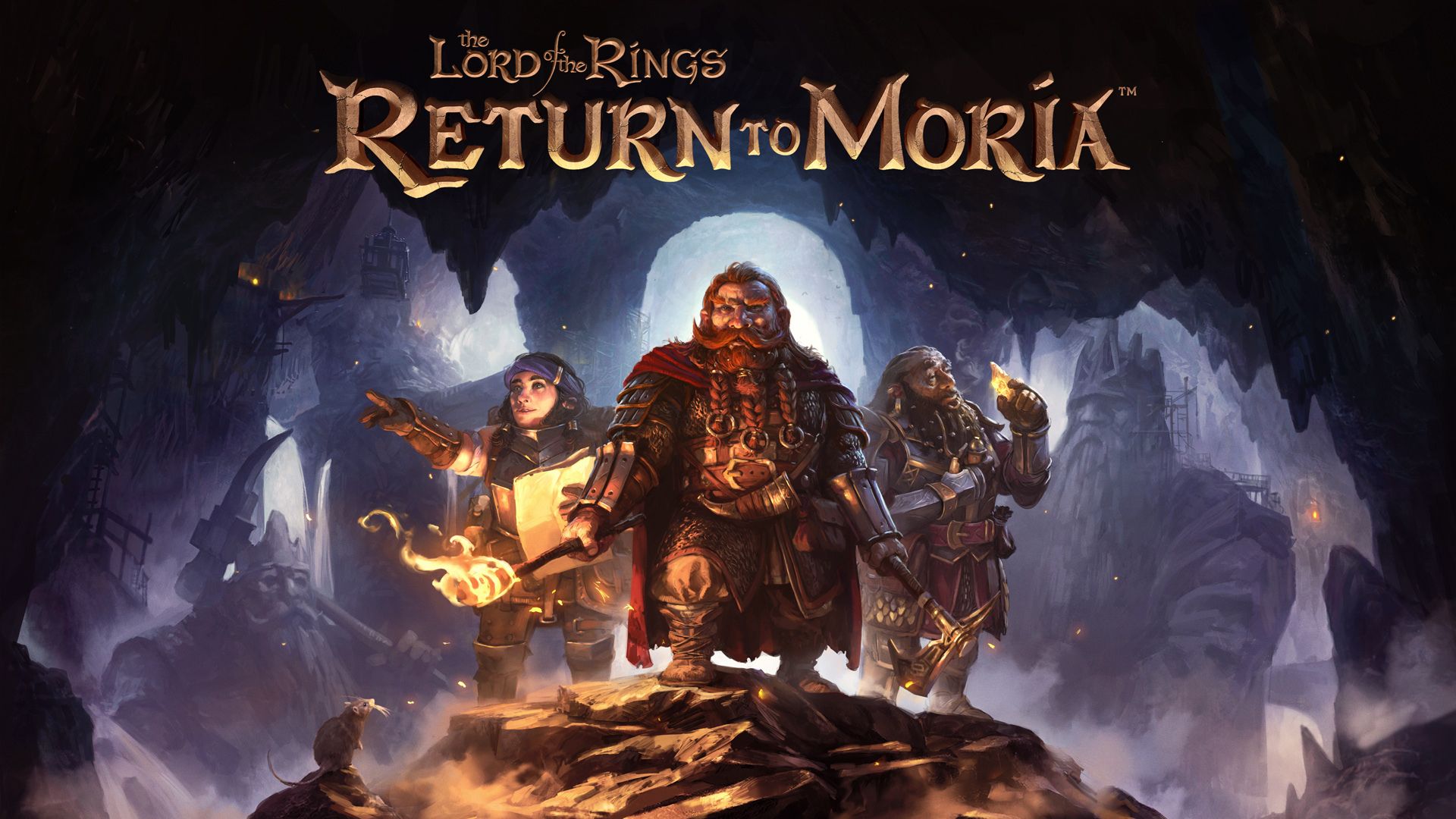
The Lord of the Rings: Return to Moria: A Dwarf's Epic Quest in The Lord of the Rings Universe
In the realm of gaming, where survival crafting titles are as common as arrows in Legolas's quiver, The Lord of the Rings: Return to Moria emerges as a rough diamond, a gem that demands your attention despite lacking some much needed polishing.
In the ever-expanding realm of The Lord of the Rings, we find ourselves amidst an intriguing blend of genres, as Return to Moria takes Middle-Earth into the survival-crafting sphere for the very first time. Amidst a sea of gaming adaptations bearing the iconic franchise's name, this latest instalment brings a perspective that beckons fans to delve deep into the underground Dwarven halls of Khazad-dum. Sadly, while it has its moments, Return to Moria does fall short of being a truly groundbreaking masterpiece.
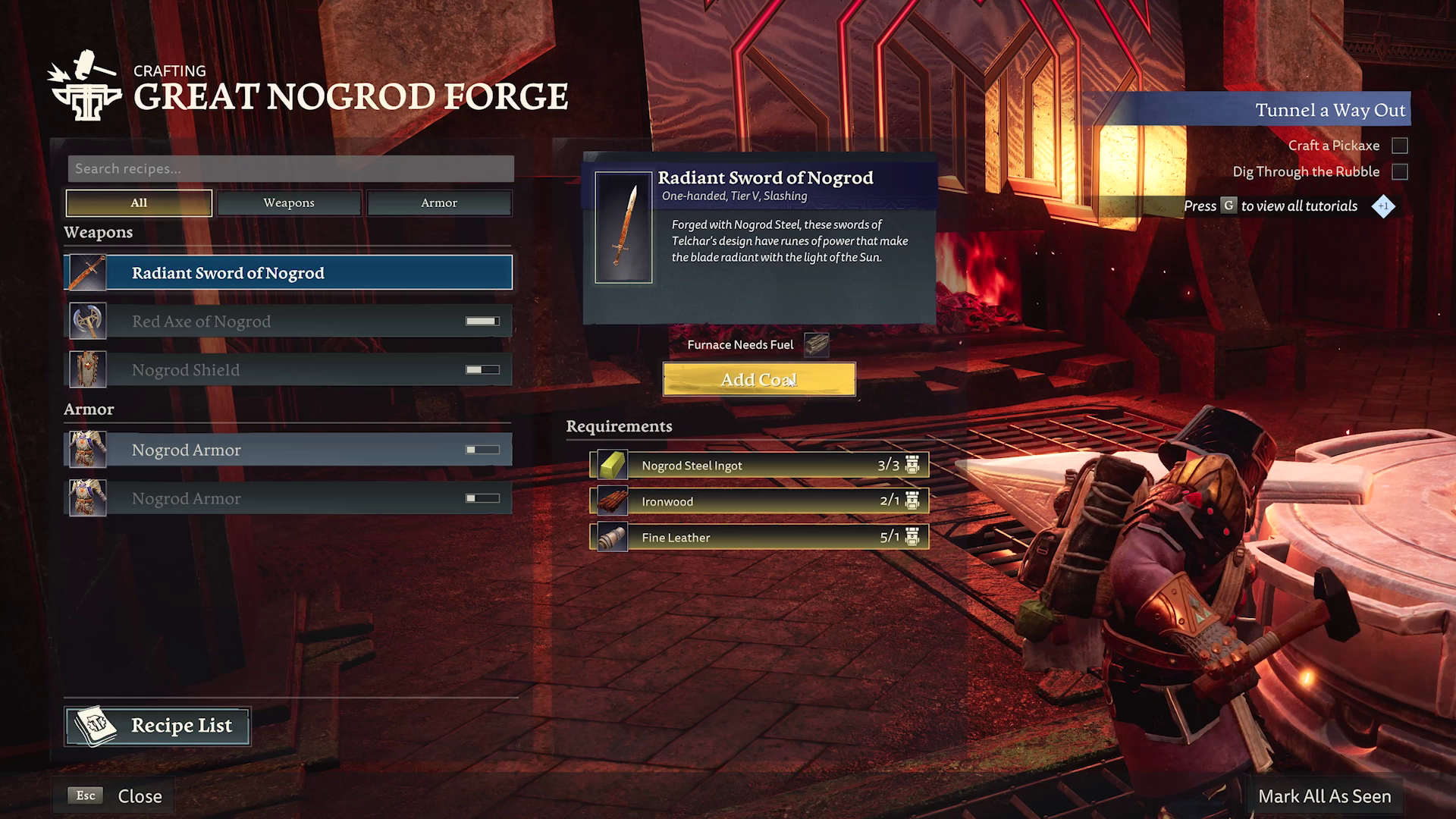
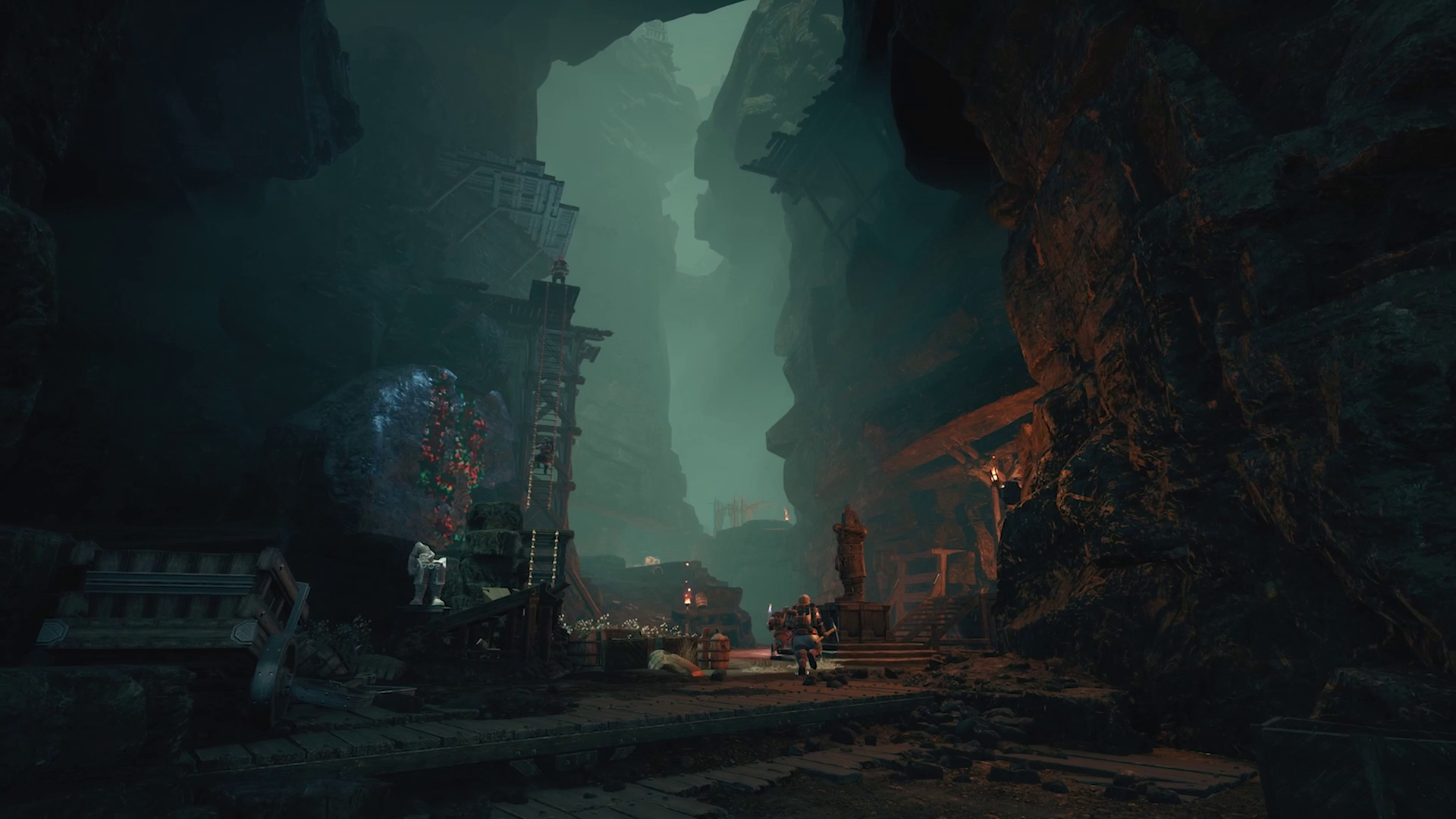
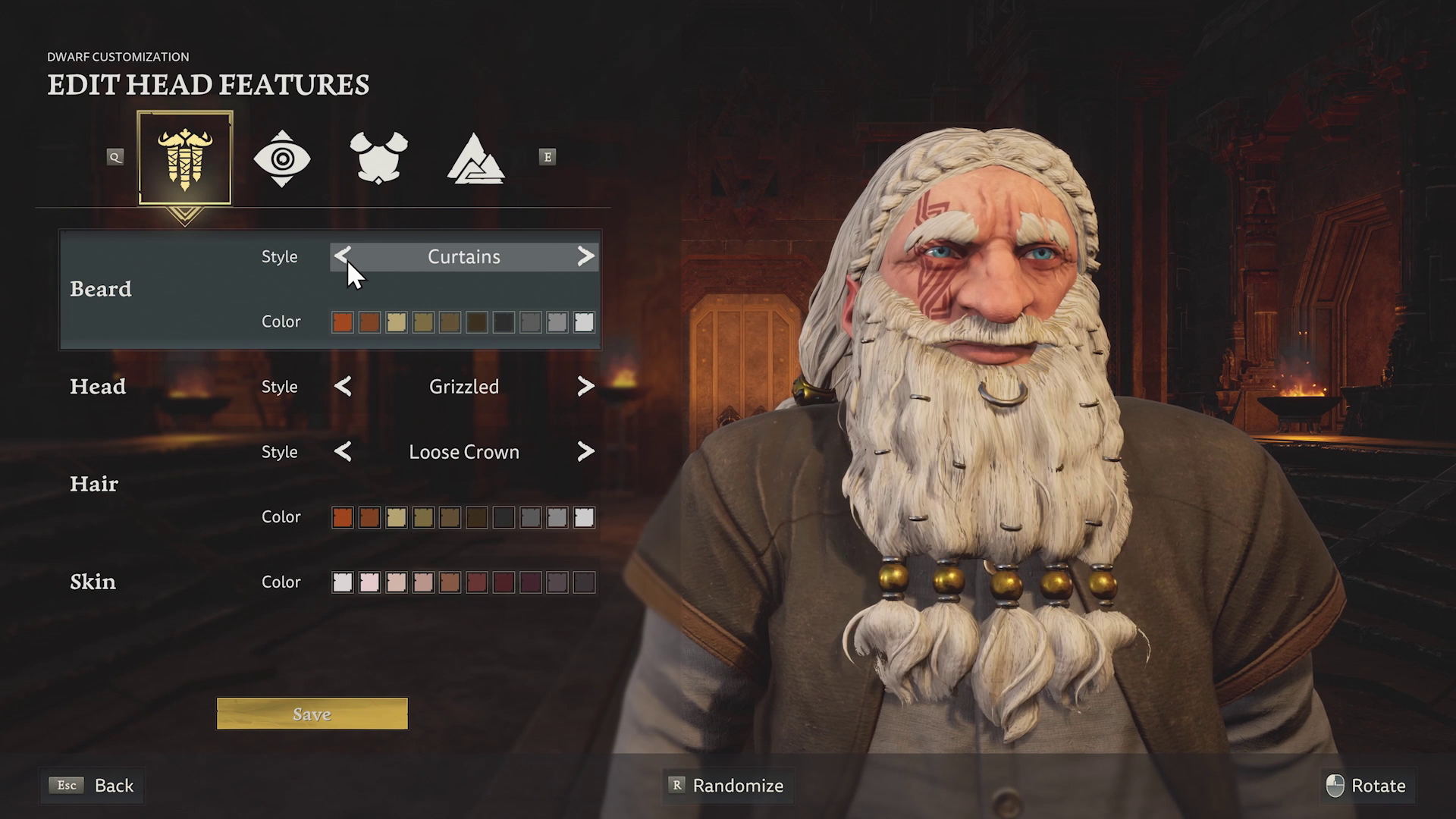
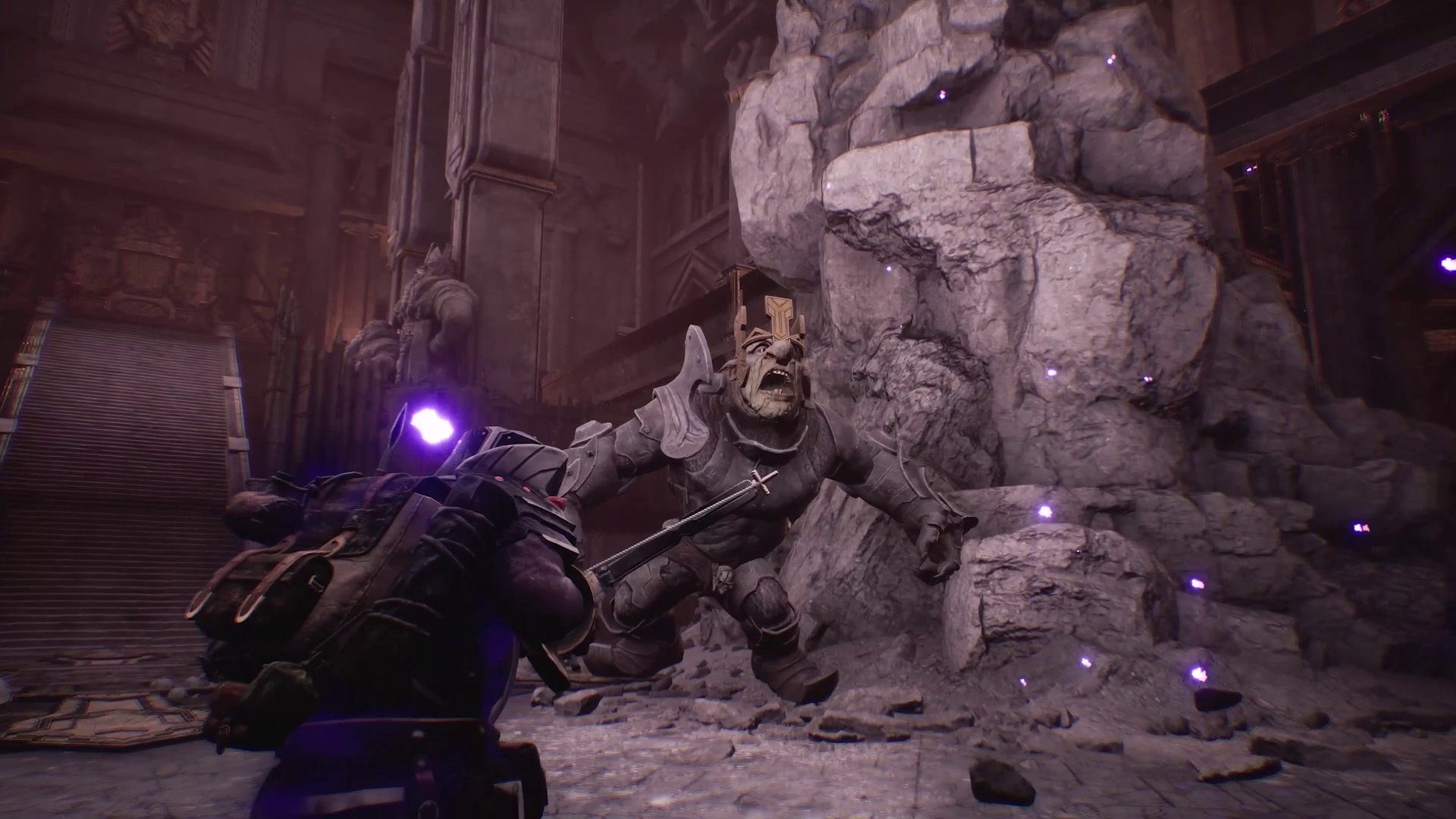
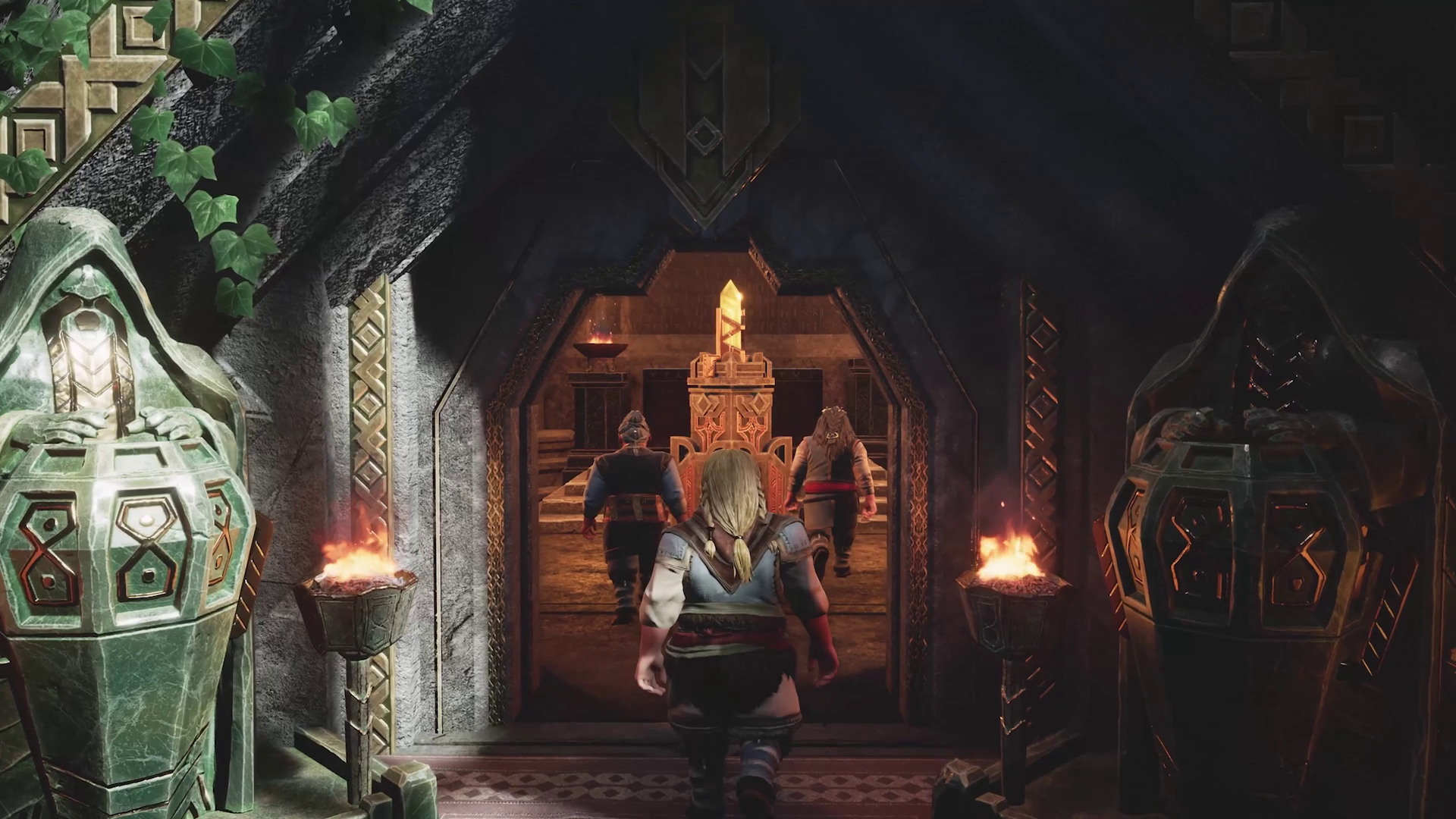
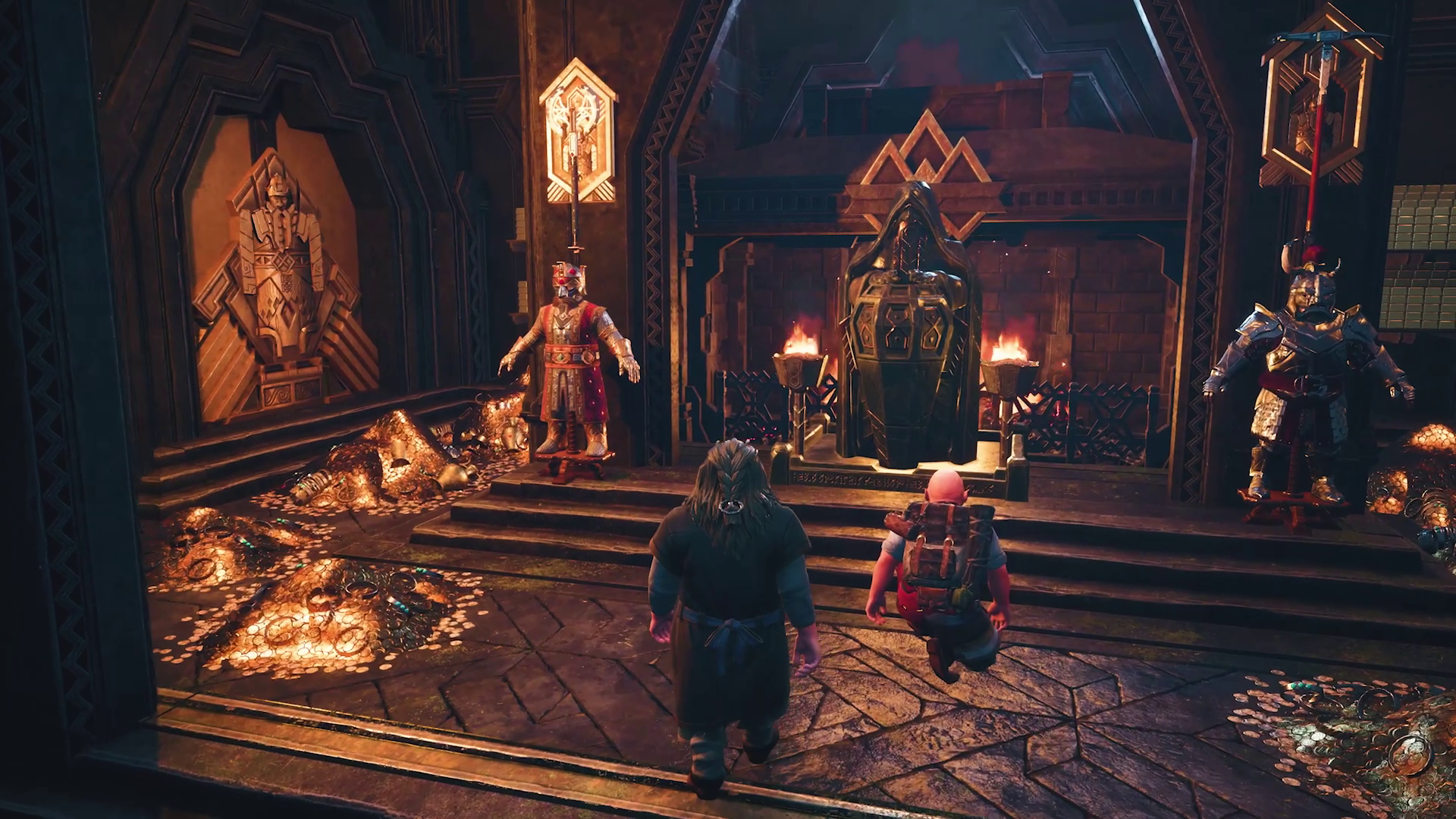
The Quest to Reclaim Khazad-dum
As the sun sets on the events of the original Lord of the Rings series, Return to Moria follows Gimli and his steadfast band of dwarves on a daring quest to reclaim their homeland of Moria, and in turn, restore the ancient kingdom of Khazad-dum. However, their journey takes an unexpected turn as a monumental explosion seals their fate, trapping them within the darkened mines. Players must navigate the labyrinthine tunnels, combating the lingering influence of Sauron and a mysterious corruption that plagues Moria's depths.
Customizing Your Dwarven Hero
Before embarking on this treacherous odyssey, players are afforded the opportunity to create their own unique Lord of the Rings dwarf. While the character creator isn't the most intricate, it provides ample options for those inclined to perfect their virtual Dwarfsona. The ability to modify your character's appearance at will is a welcome touch.
A Subterranean Crafting Adventure
As the game unfolds, players are thrust into the heart of Moria, initially tasked with setting up a foothold, crafting tools, and gathering resources. Survival-crafting enthusiasts will find these mechanics familiar, though Return to Moria manages to infuse them with a distinct Lord of the Rings flavour. Mining resources, while standard in concept, incorporates unique elements such as finding specific foundries to construct advanced equipment and singing serenading mining songs for inspiration.
However, a peculiar decision by the game forces players to mine in predefined directions, rather than embracing the typical freedom of exploration synonymous with the genre. This restriction detracts from the open-ended nature that such games thrive on.
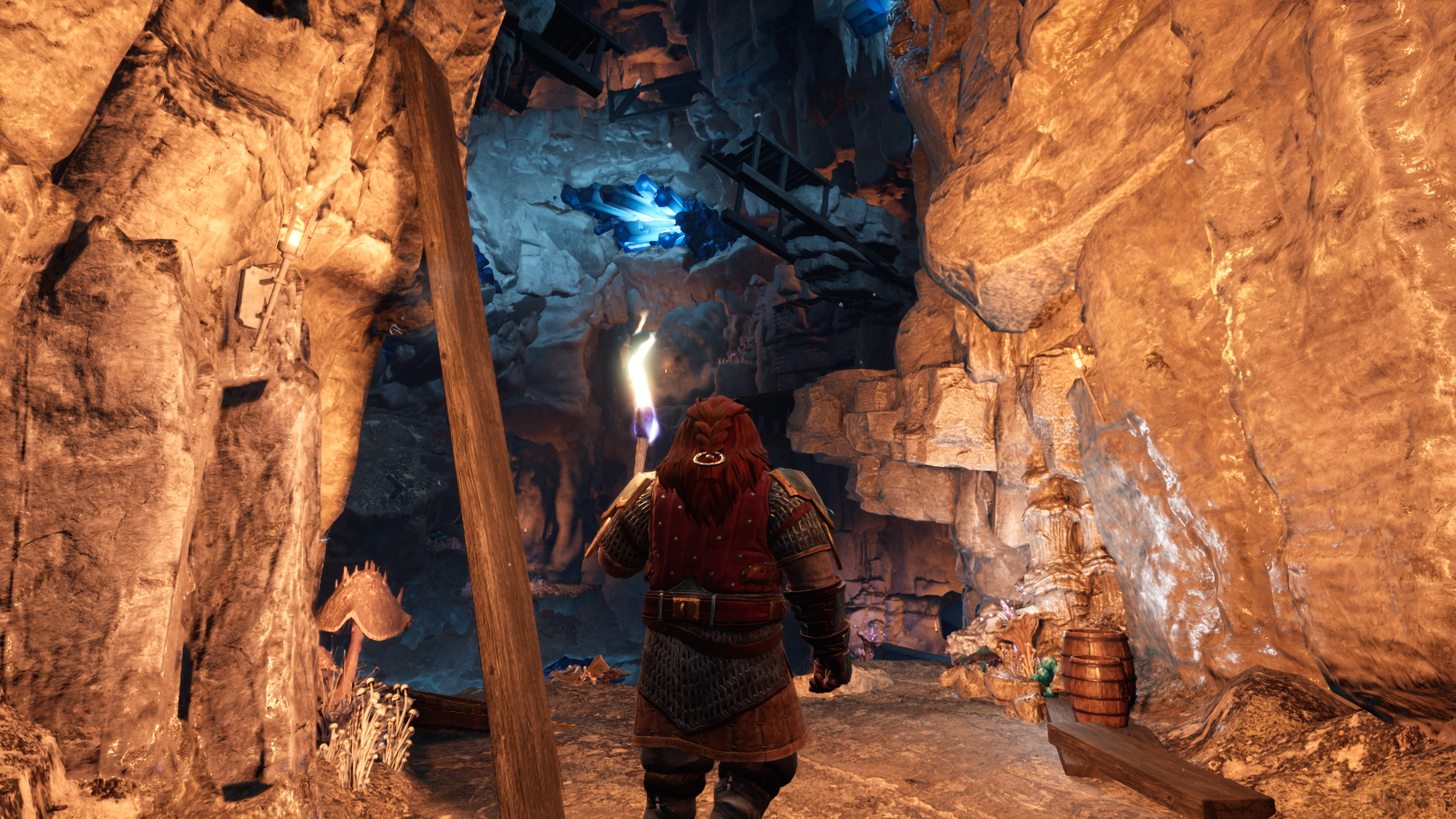
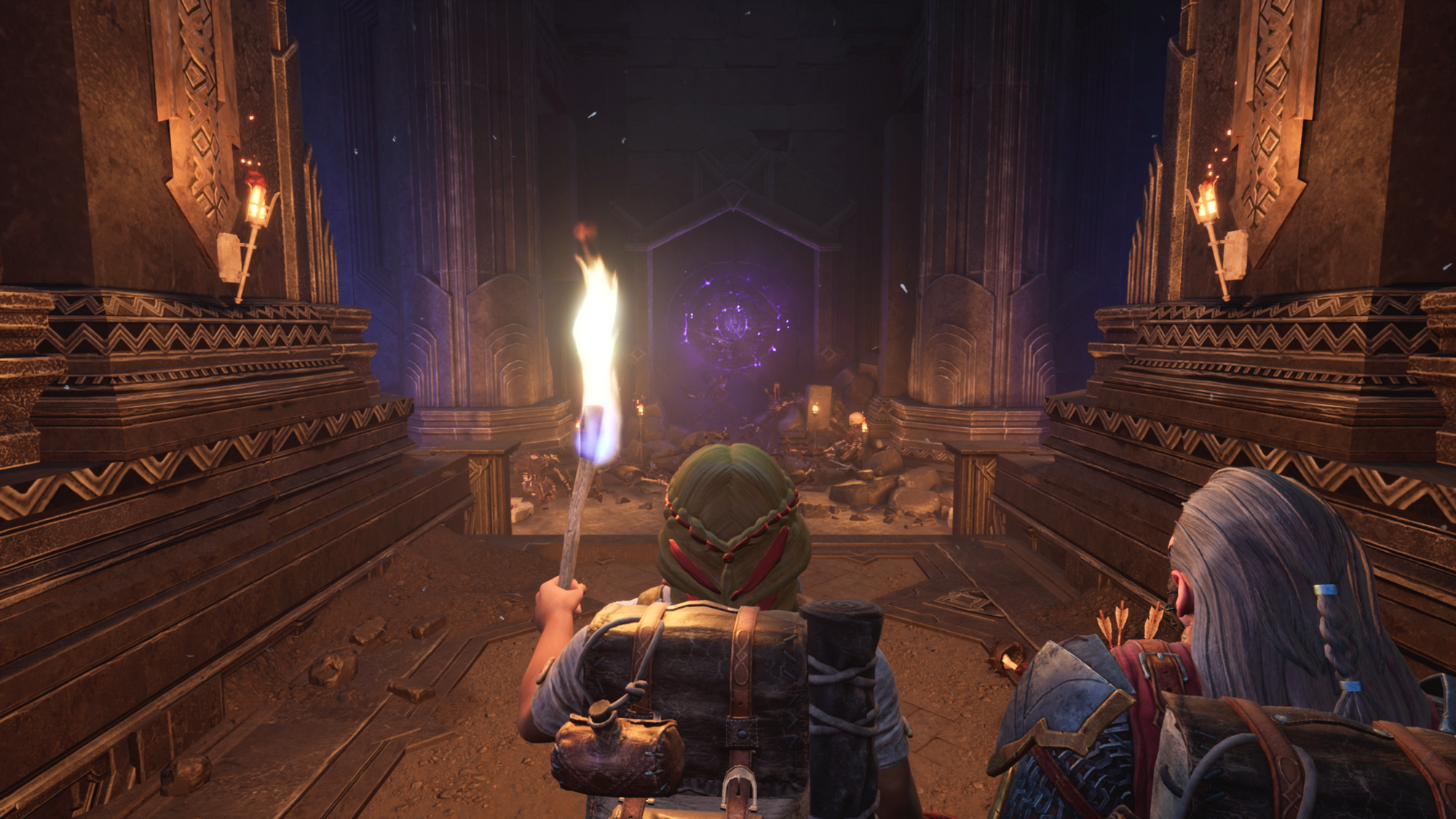
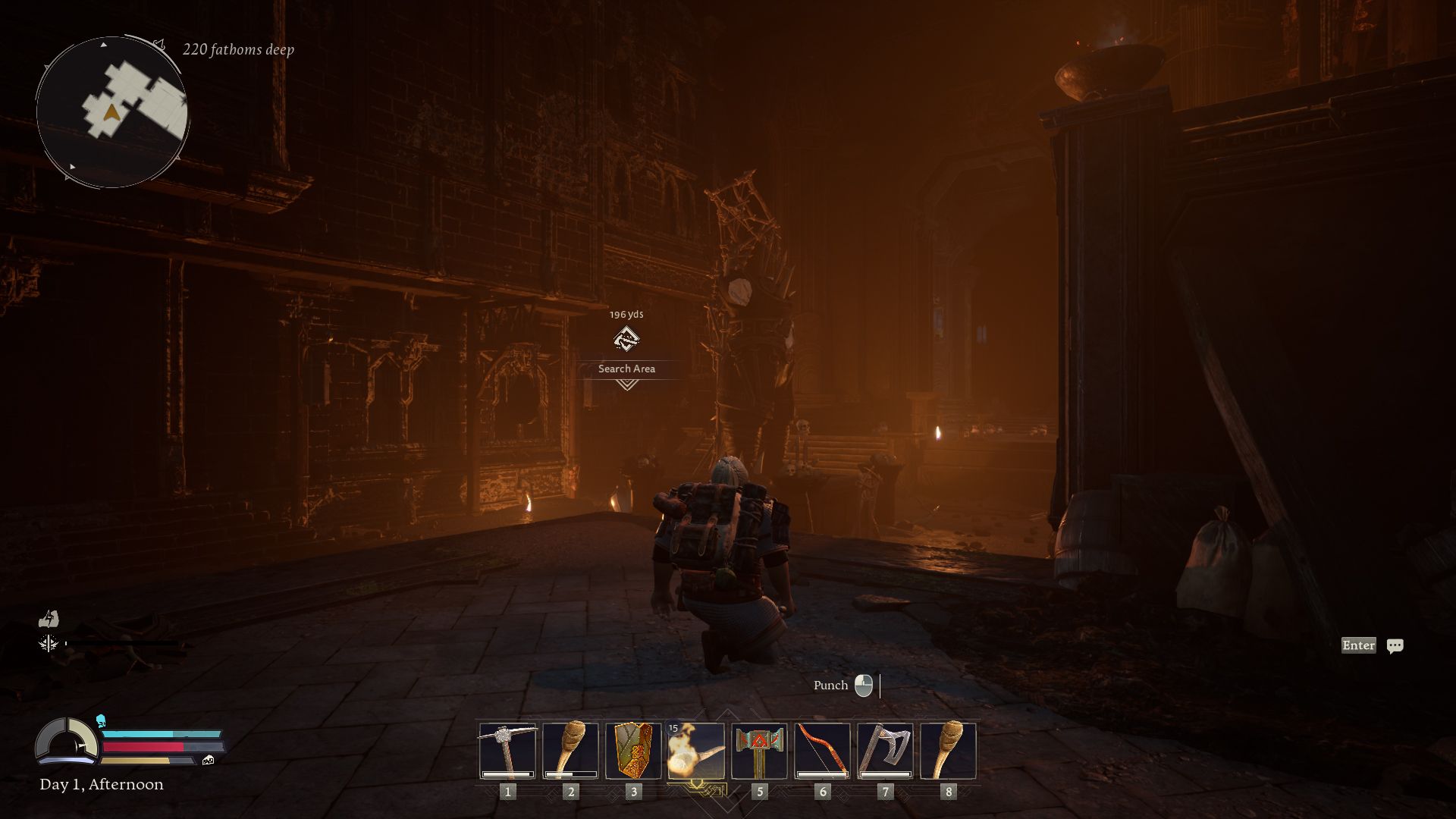
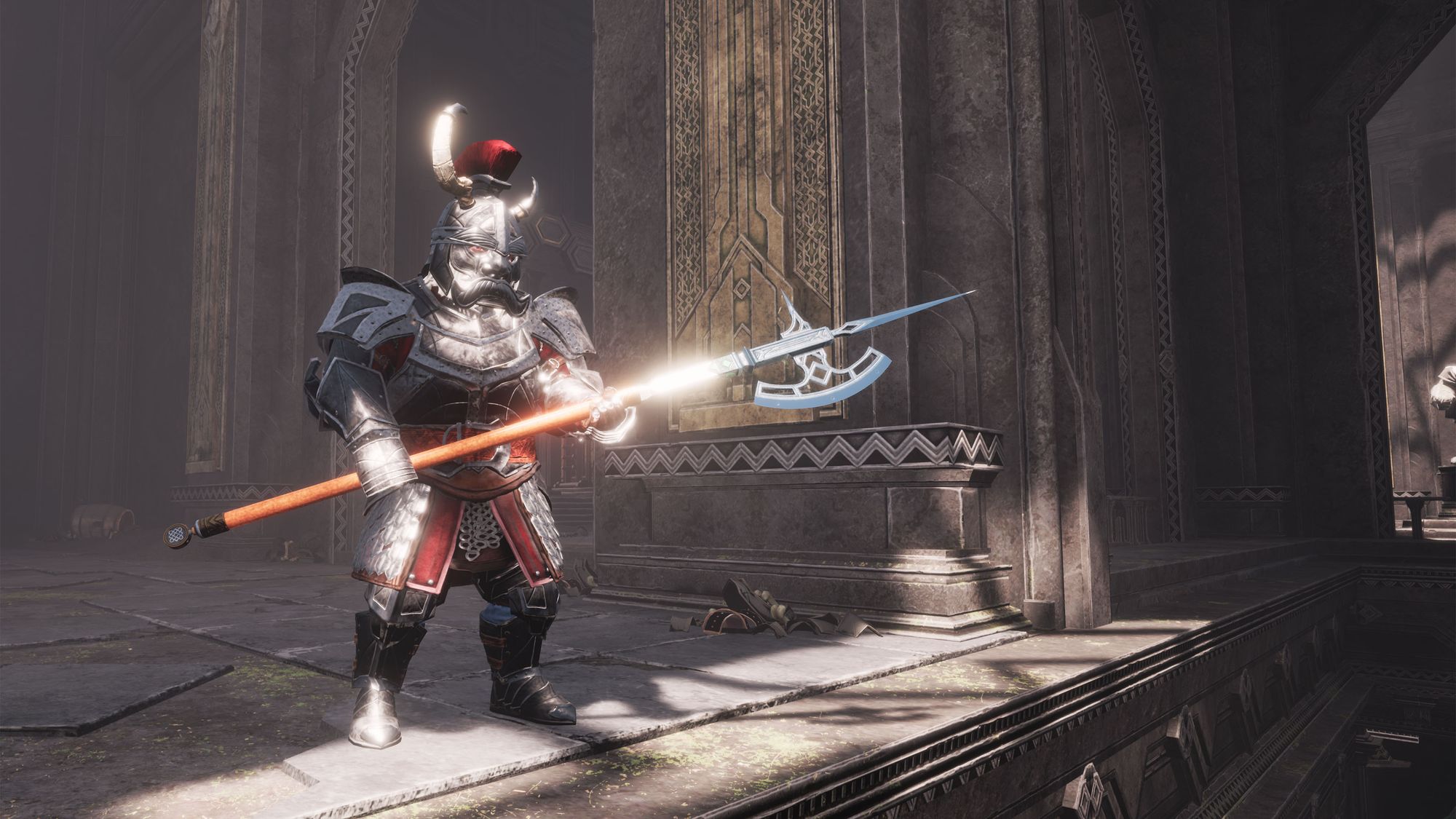
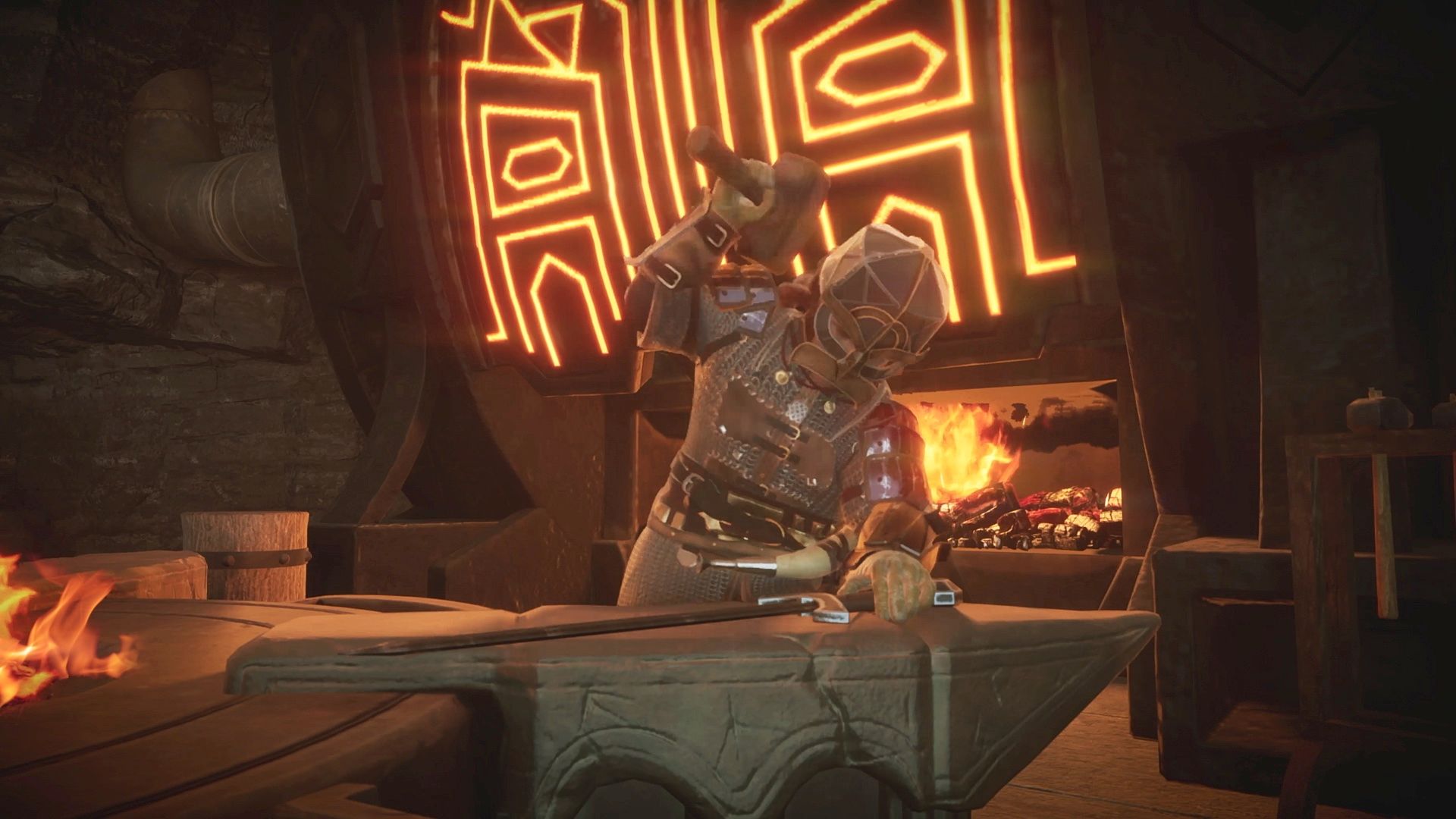
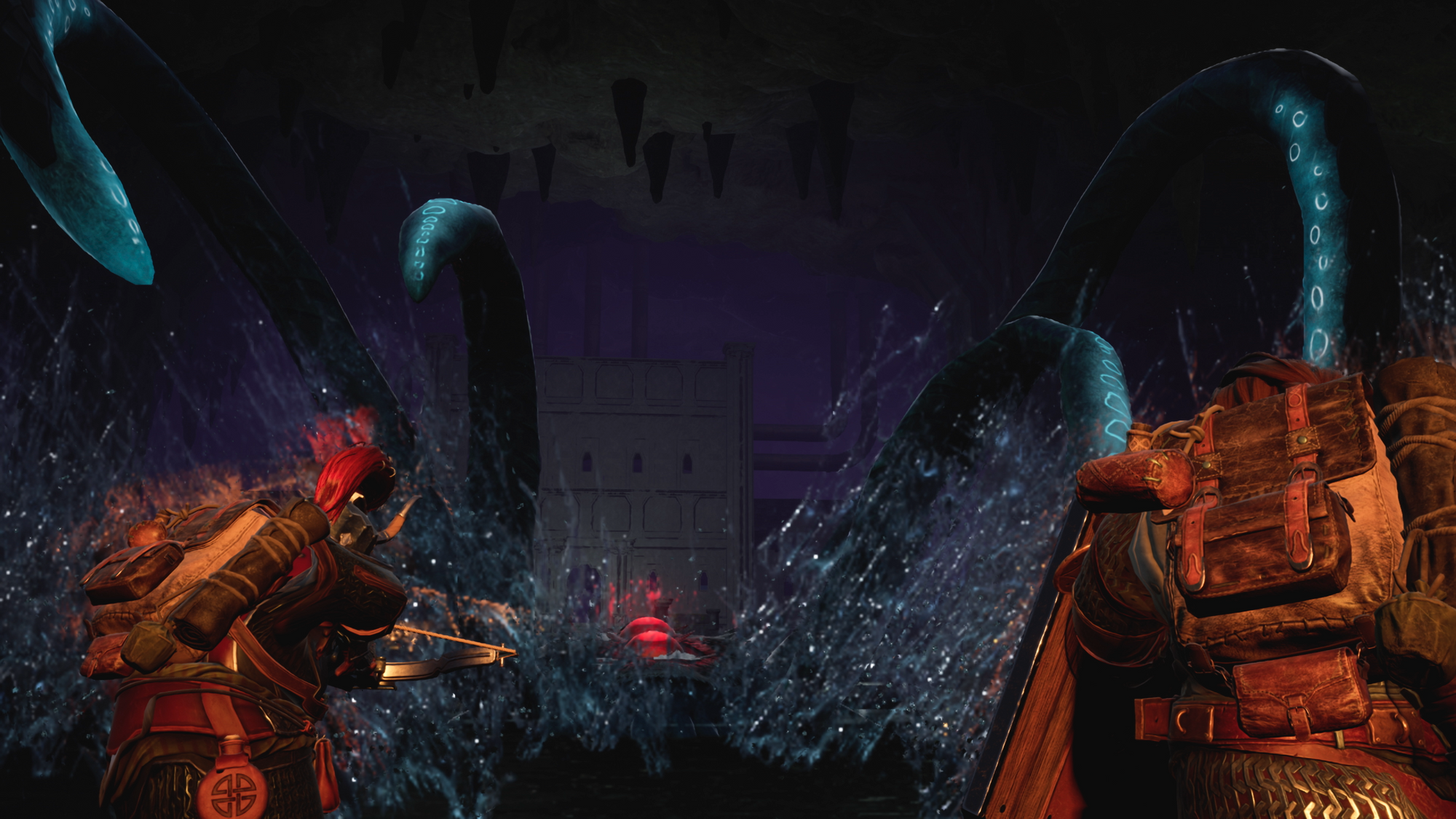
Exploration: Dwarven Heritage Meets Repetition
Exploration is a core part of Return to Moria. Players must uncover destroyed bases and repair crafting equipment, often relying on these remnants until they can construct their own. This demands the creation of multiple bases and extensive cave exploration. While this keeps the player on the move, the monotonous corridors and unexciting biomes can diminish the thrill of exploration.
Monsters of Moria: A Combat Challenge
Combat punctuates the player's journey, with frequent encounters against orcs, bears, wolves, and other nasties. Crafting weapons becomes a necessity, but the combat mechanics lack depth. Players find themselves spamming the attack button with limited variety, lacking the combos and unique moves that would elevate the experience. This leaves battles feeling repetitive, and the enemies show a sameness in their fighting style.
Combat in Return to Moria feels similar to Valheim-style combat mechanics. Various weapon options offer distinct damage types, encouraging adaptable strategies. Hordes of orcs and goblins do create some intense encounters, testing players' ability to manoeuvre and survive.
Base Building Quandaries
Base building also plays an important role in the game, enabling players to construct dwarven huts. Curiously, the game promotes repairing existing bases rather than incentivizing players to create new ones. This choice runs counter to the genre's typically freeform nature, restricting creative building and diminishing player freedom.
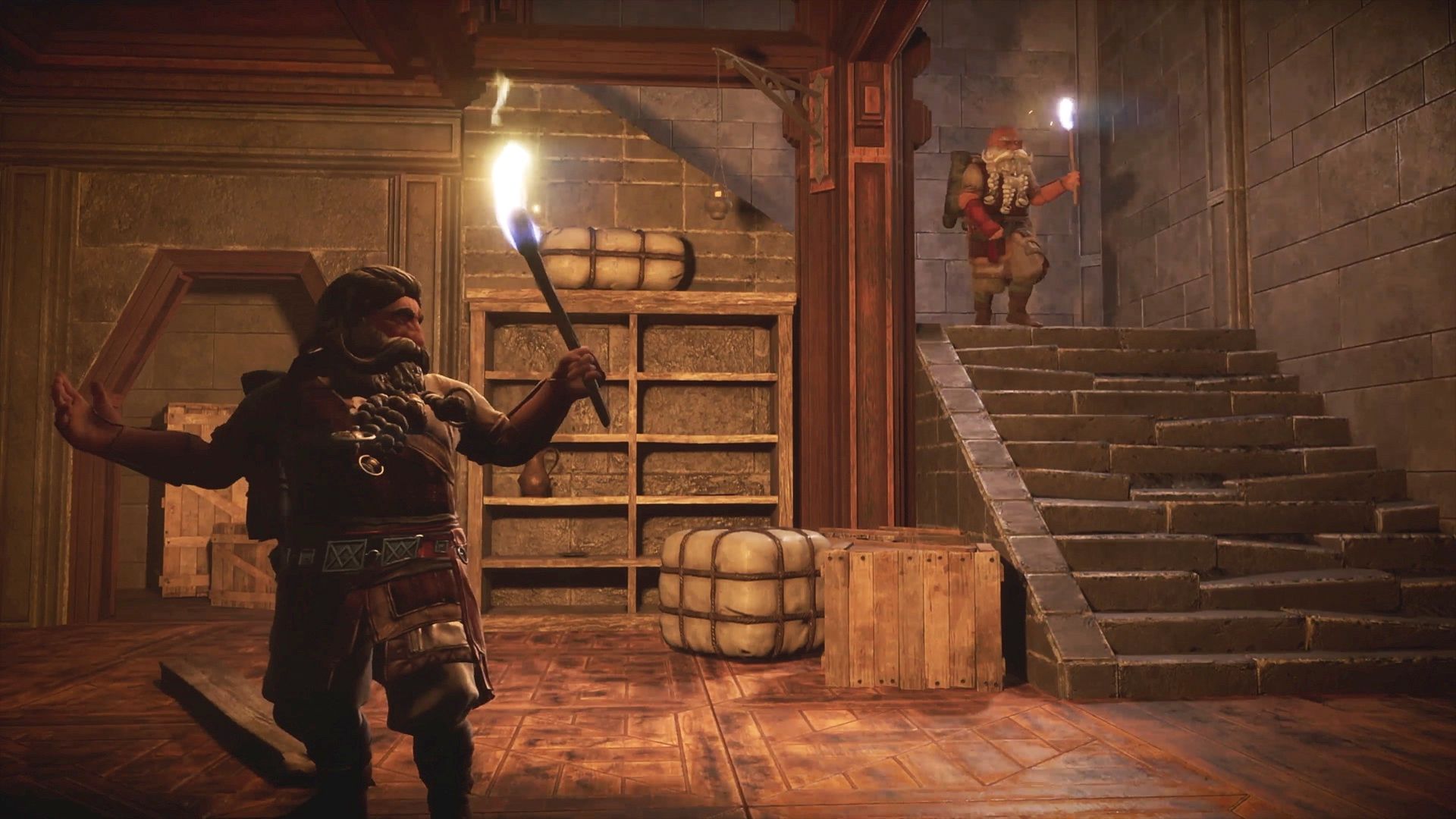

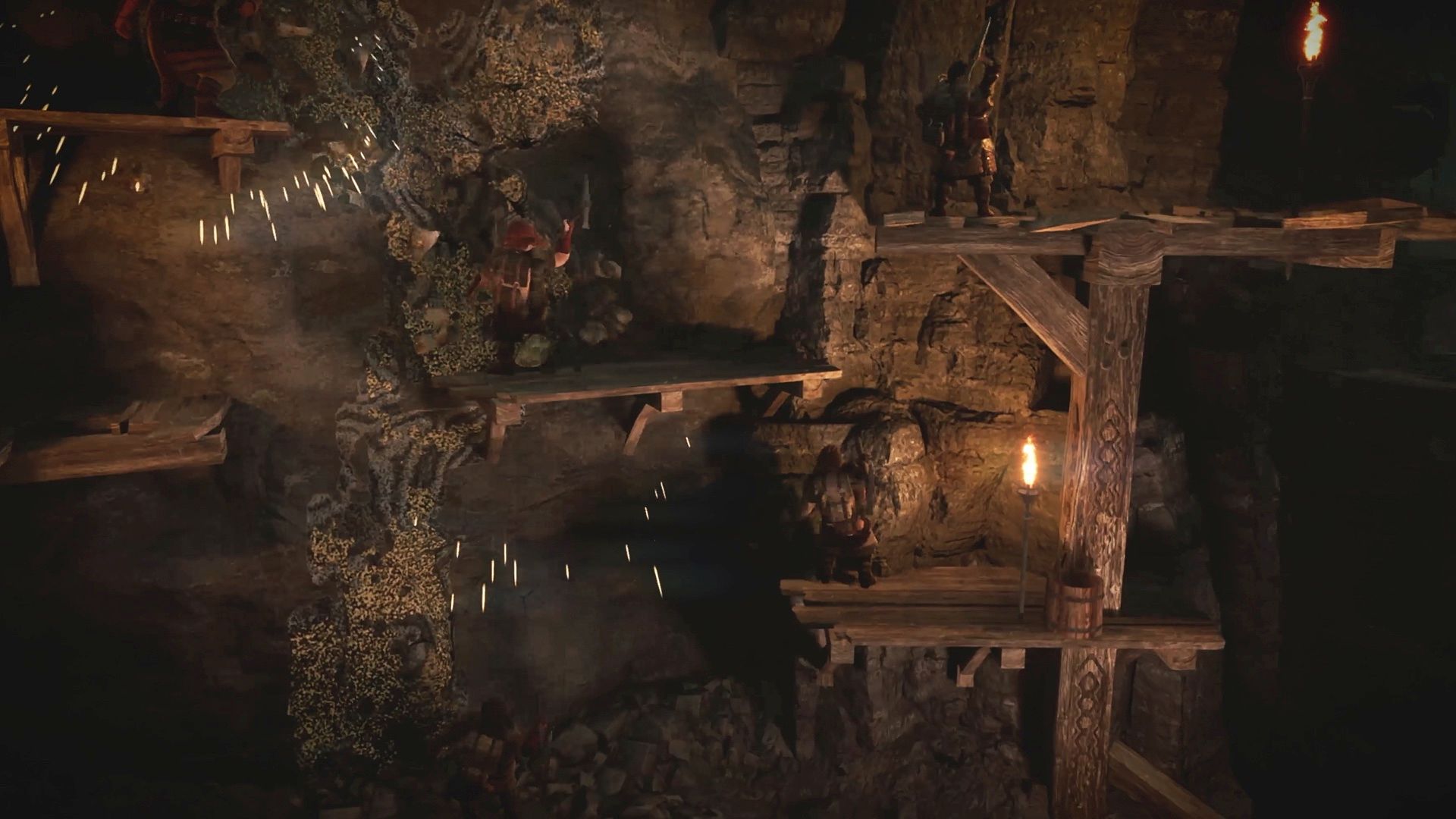

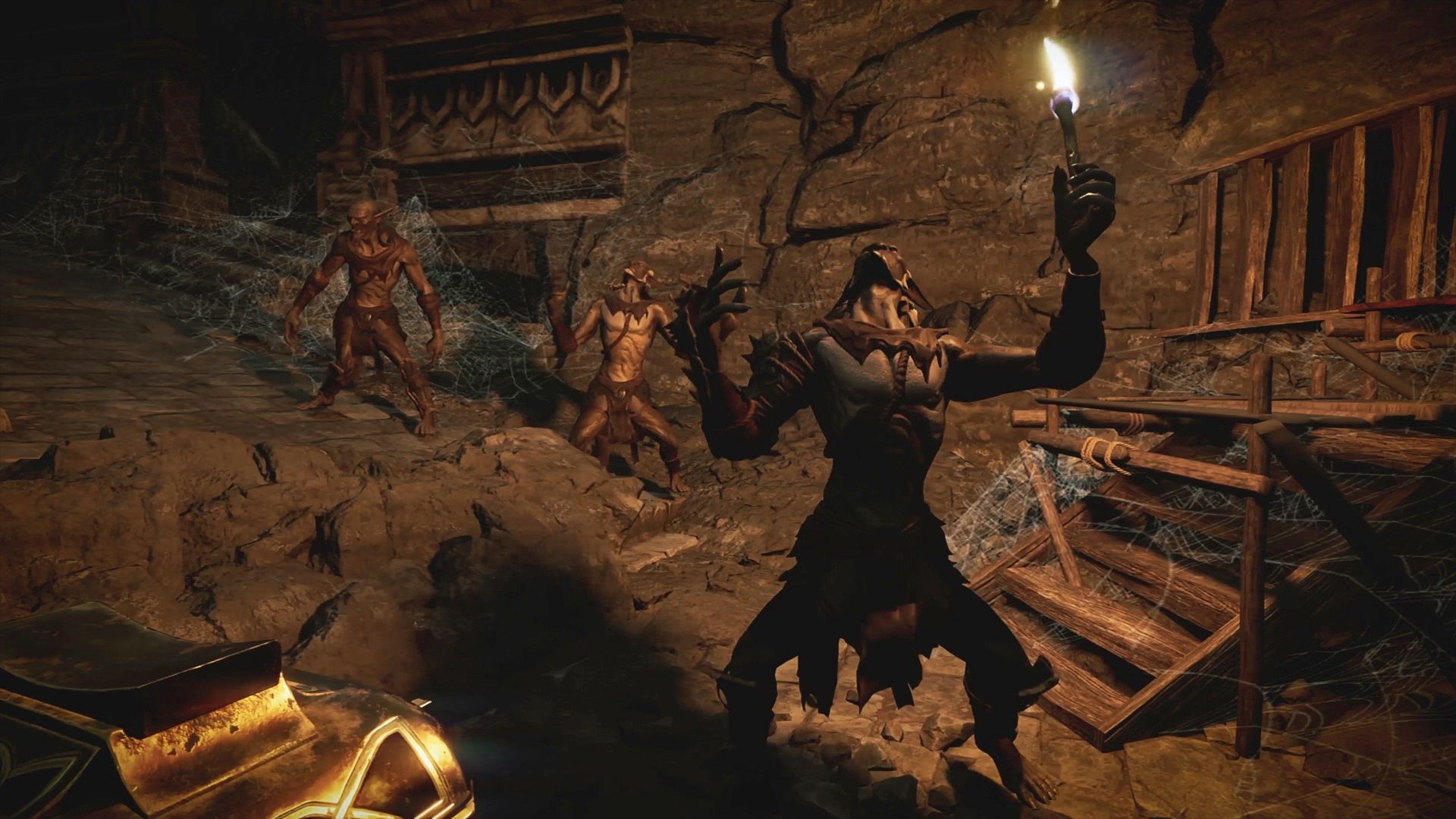
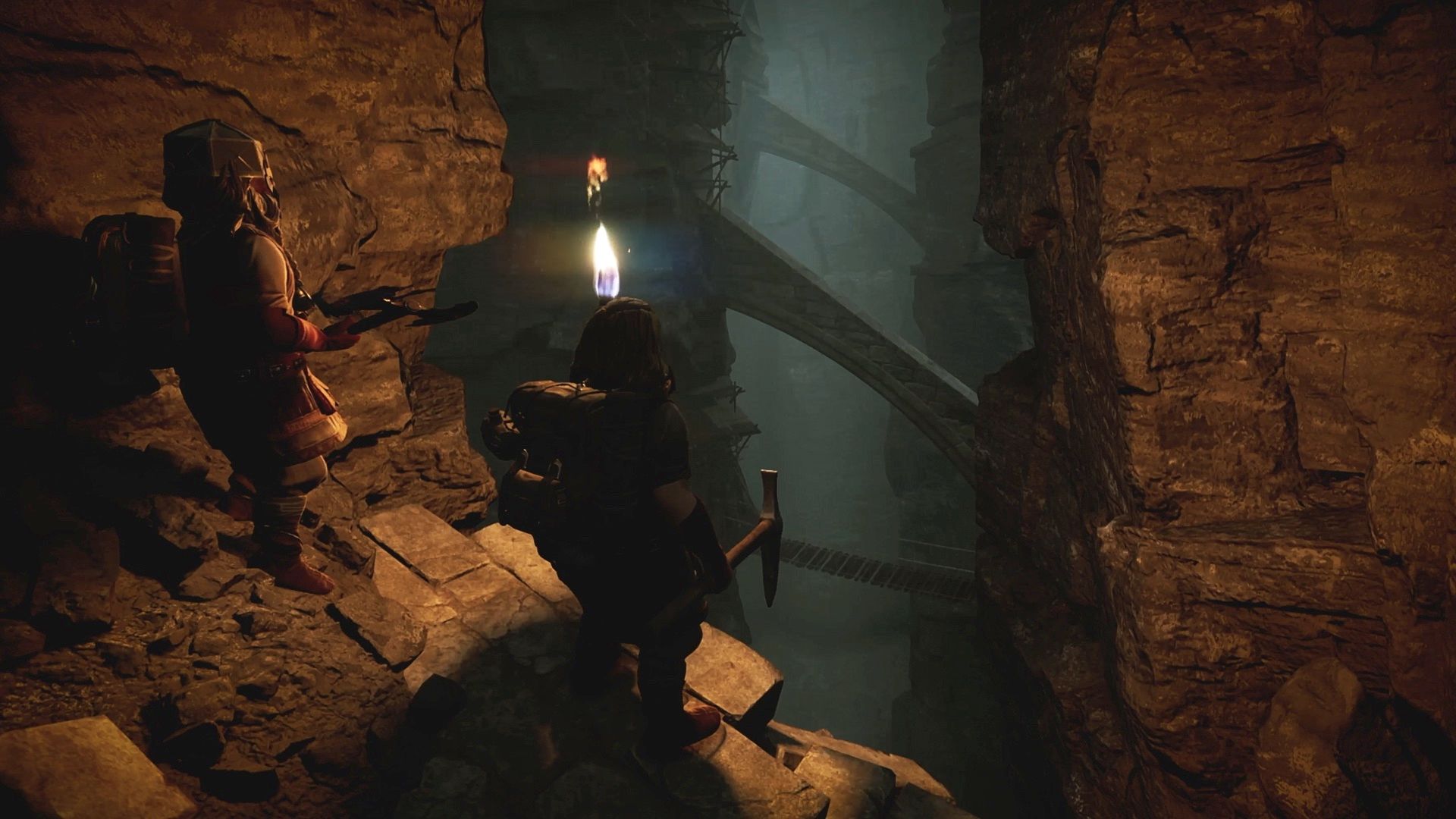
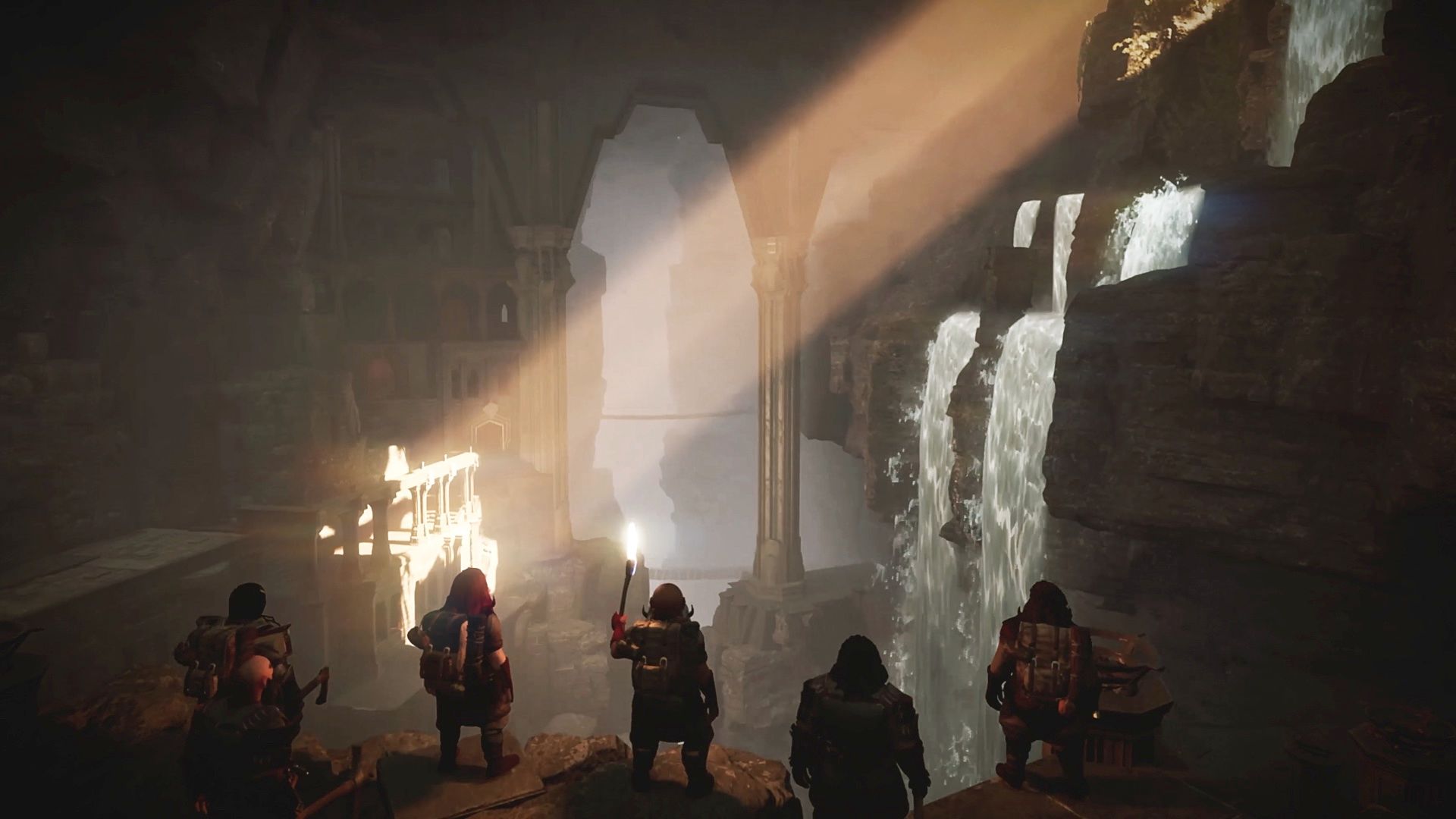
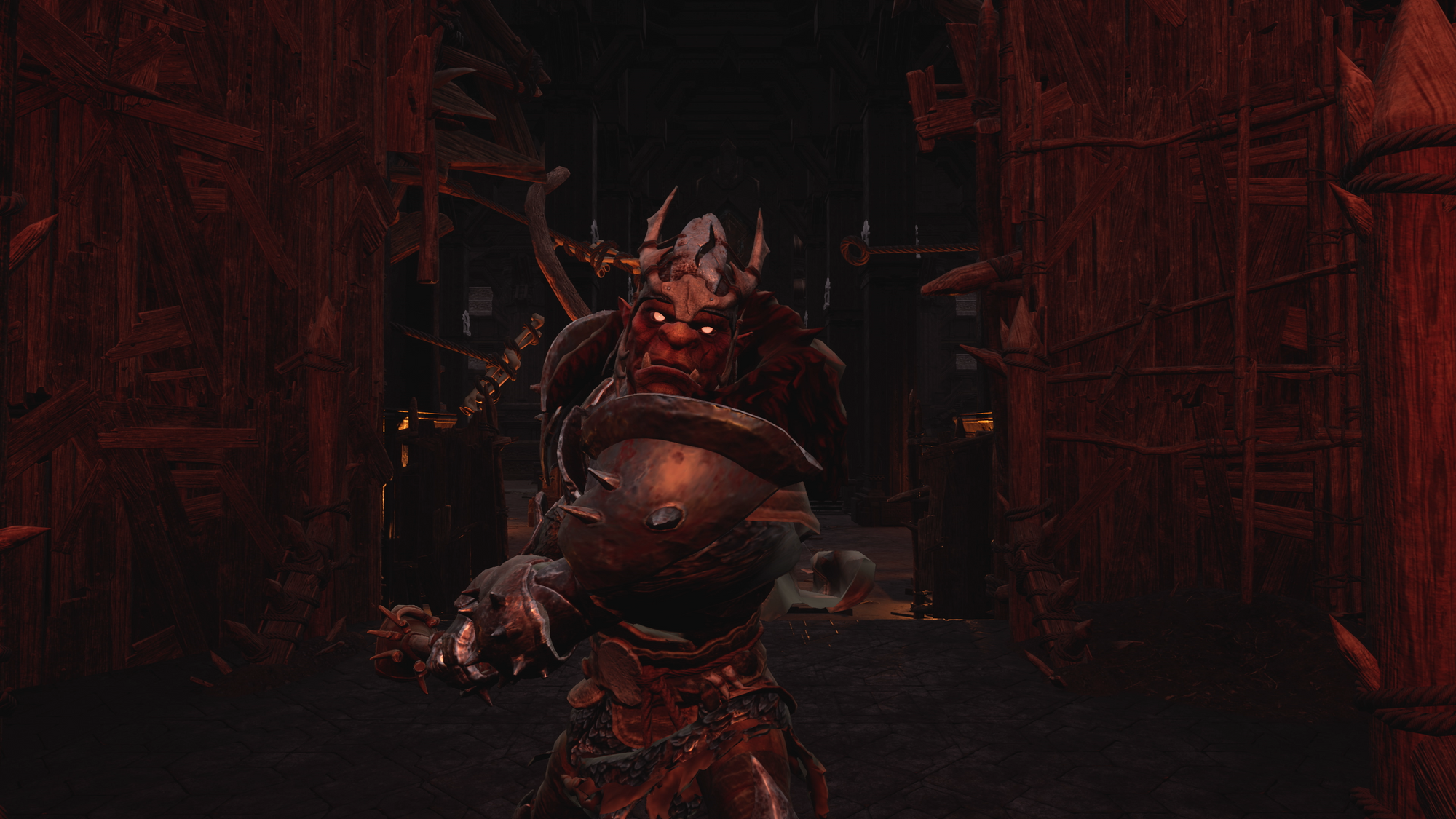
Return to Moria Does Fall Short
Return to Moria falls short due to its lack of freedom and its inability to infuse the survival-crafting genre with fresh and captivating gameplay. While enjoyable, especially in co-op with friends, it lacks the memorability that sets it apart from other games within the genre. Save for the Lord of the Rings branding, it struggles to distinguish itself. That said, it is a good few steps ahead of 2023's other LotR game release, the heavily negatively reviewed The Lord of the Rings: Gollum.
A Dwarven Paradise Beckons
It's not all gloom and doom in Moria. The game presents a survival-crafting experience with nice pacing and story lines that do engage at a decent level. It balances challenge without becoming overly frustrating, showing a good understanding of what players look for in a survival game.
Return to Moria offers minimal handholding while still supplying a fair amount of quest guidance and a comprehensive glossary. Progression is satisfying if somewhat slow and repetitive, allowing players to still feel a sense of growth, both for their characters and their bases.
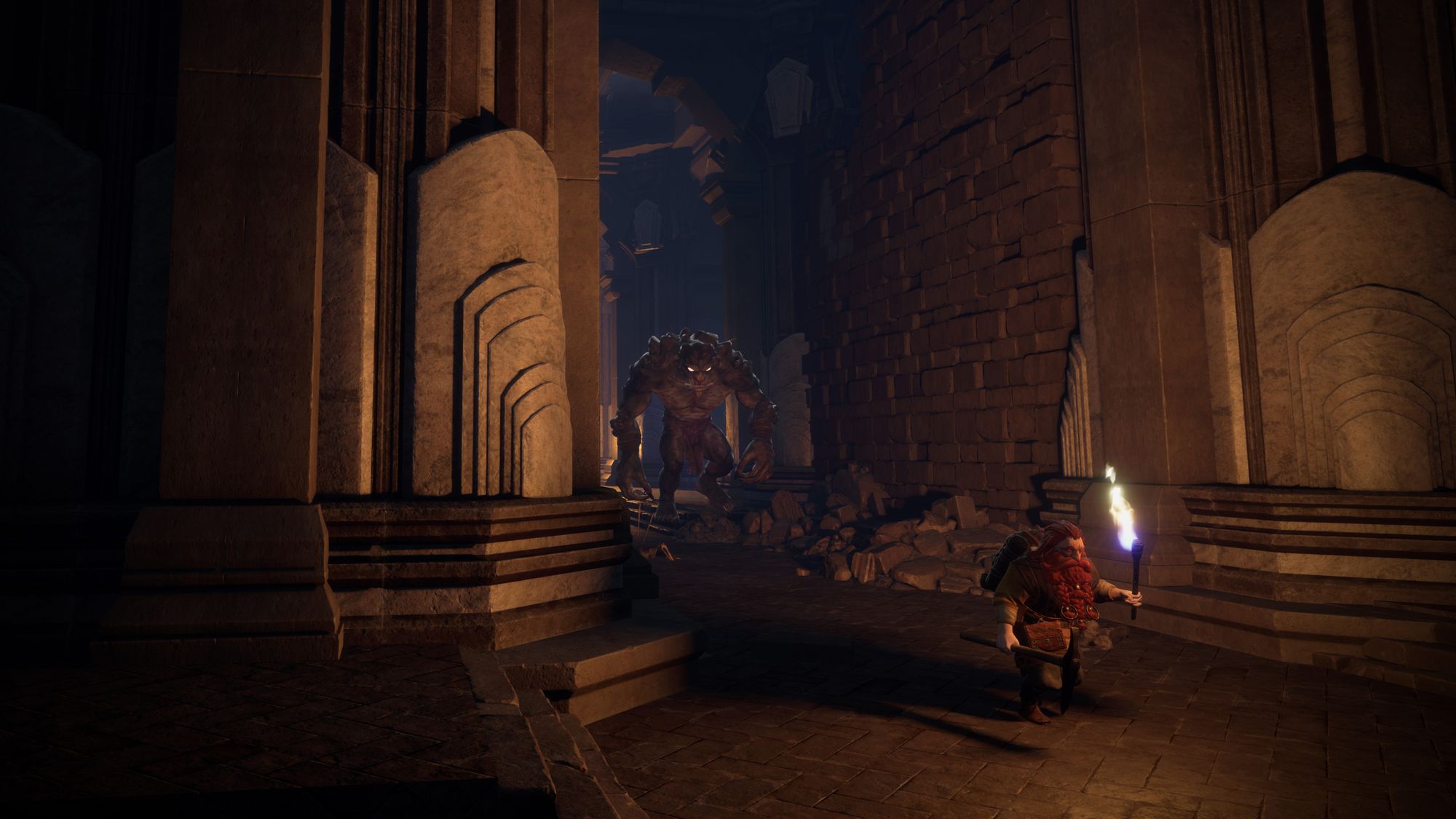
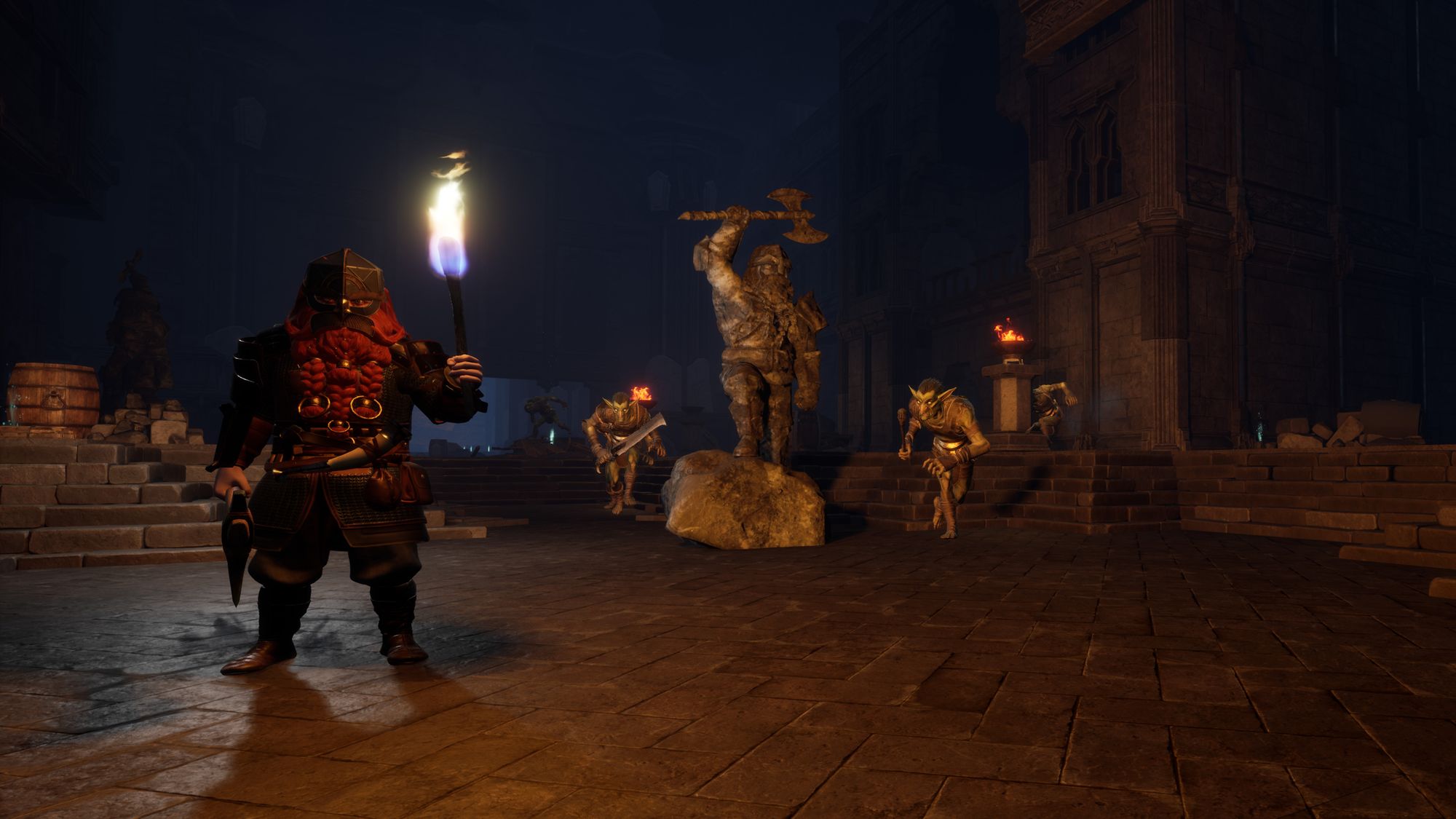
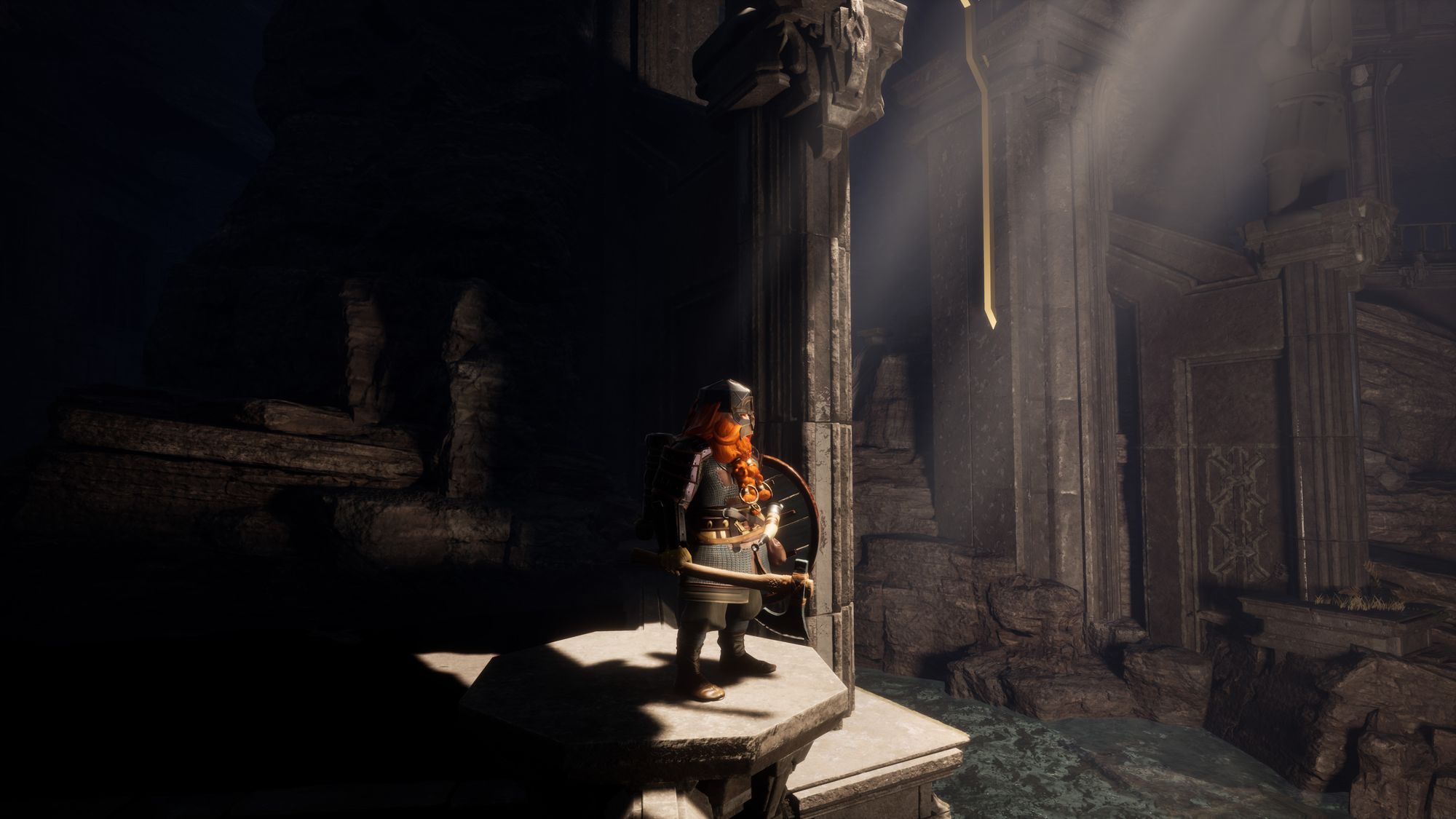
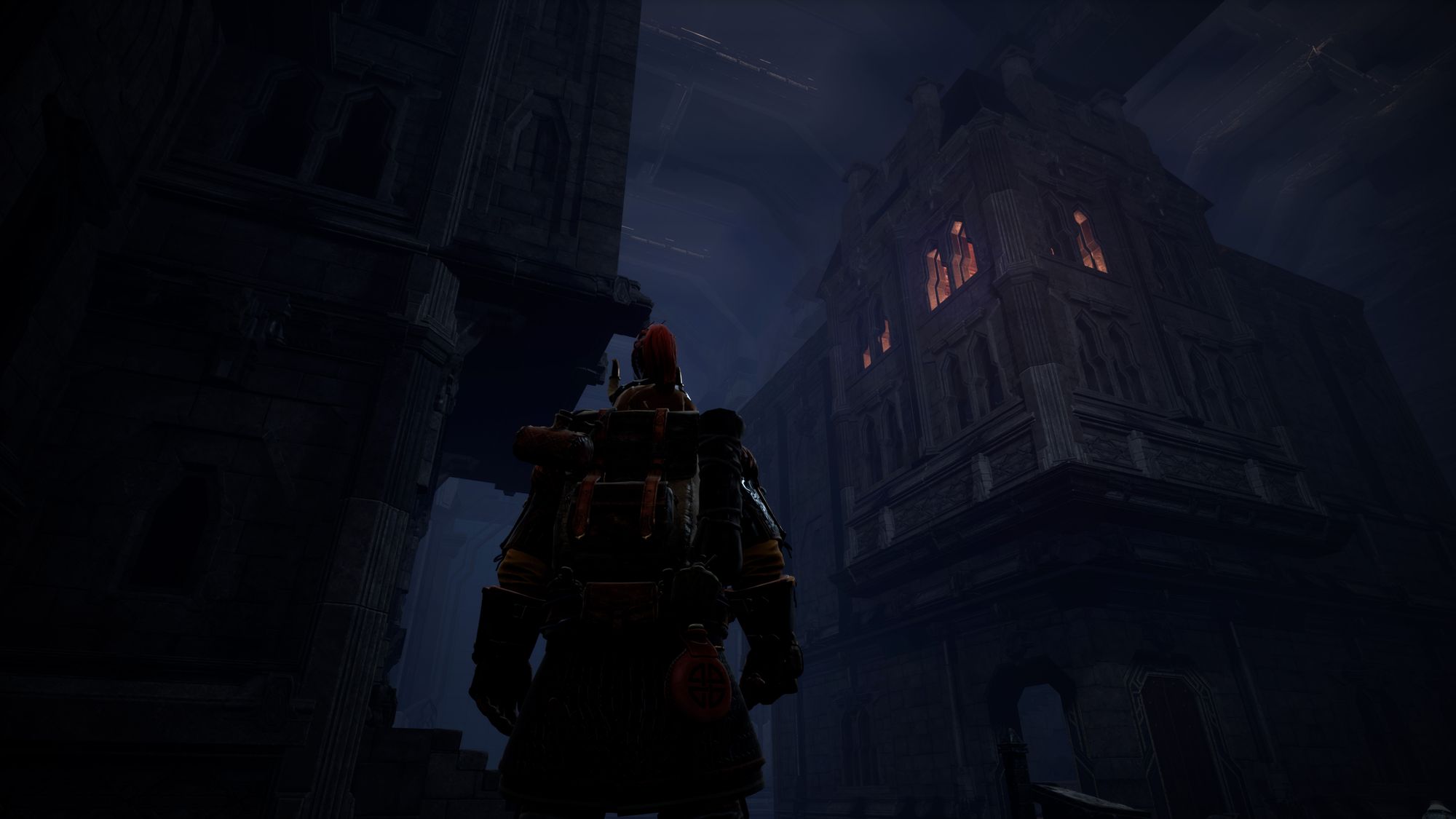
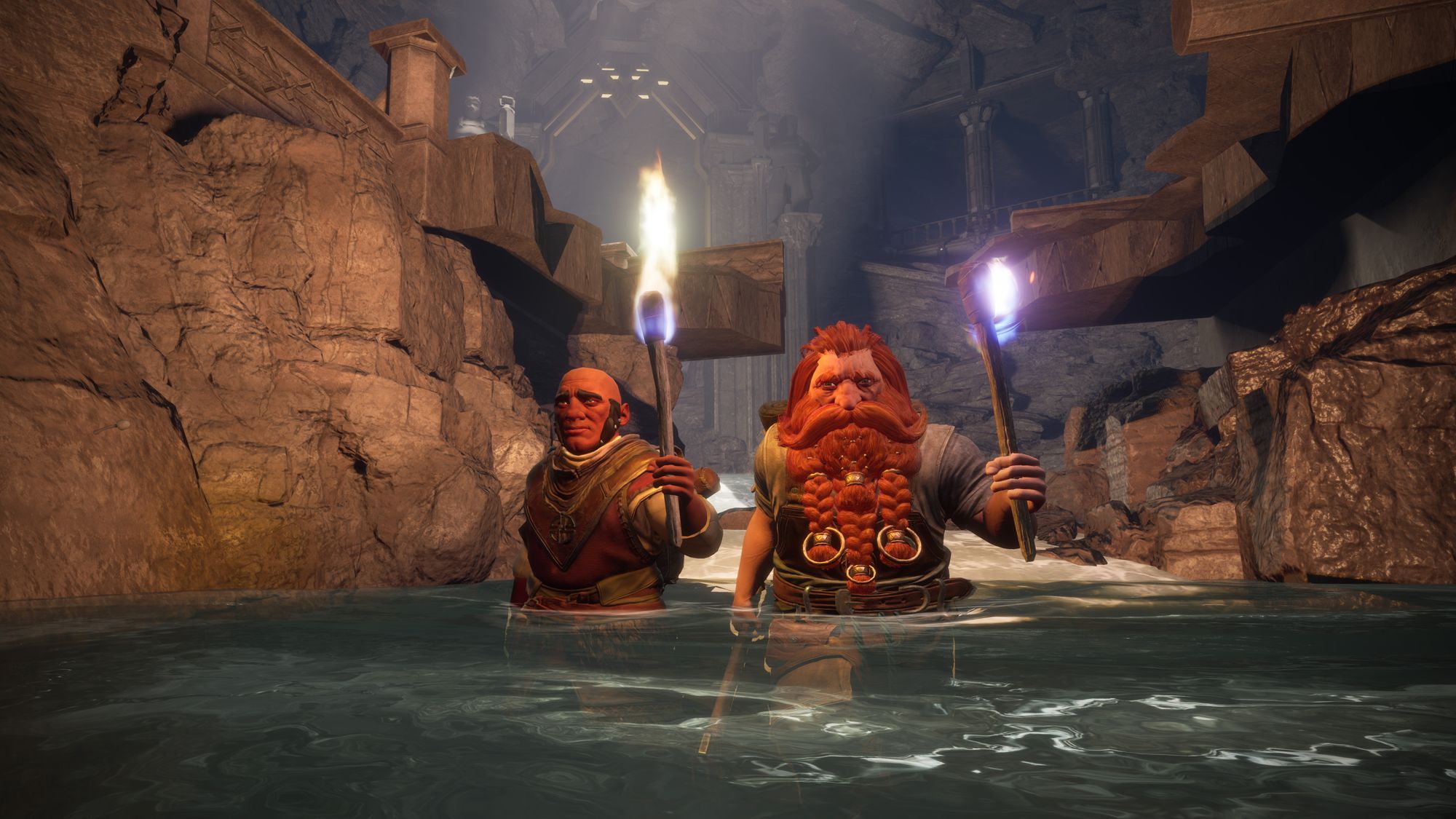
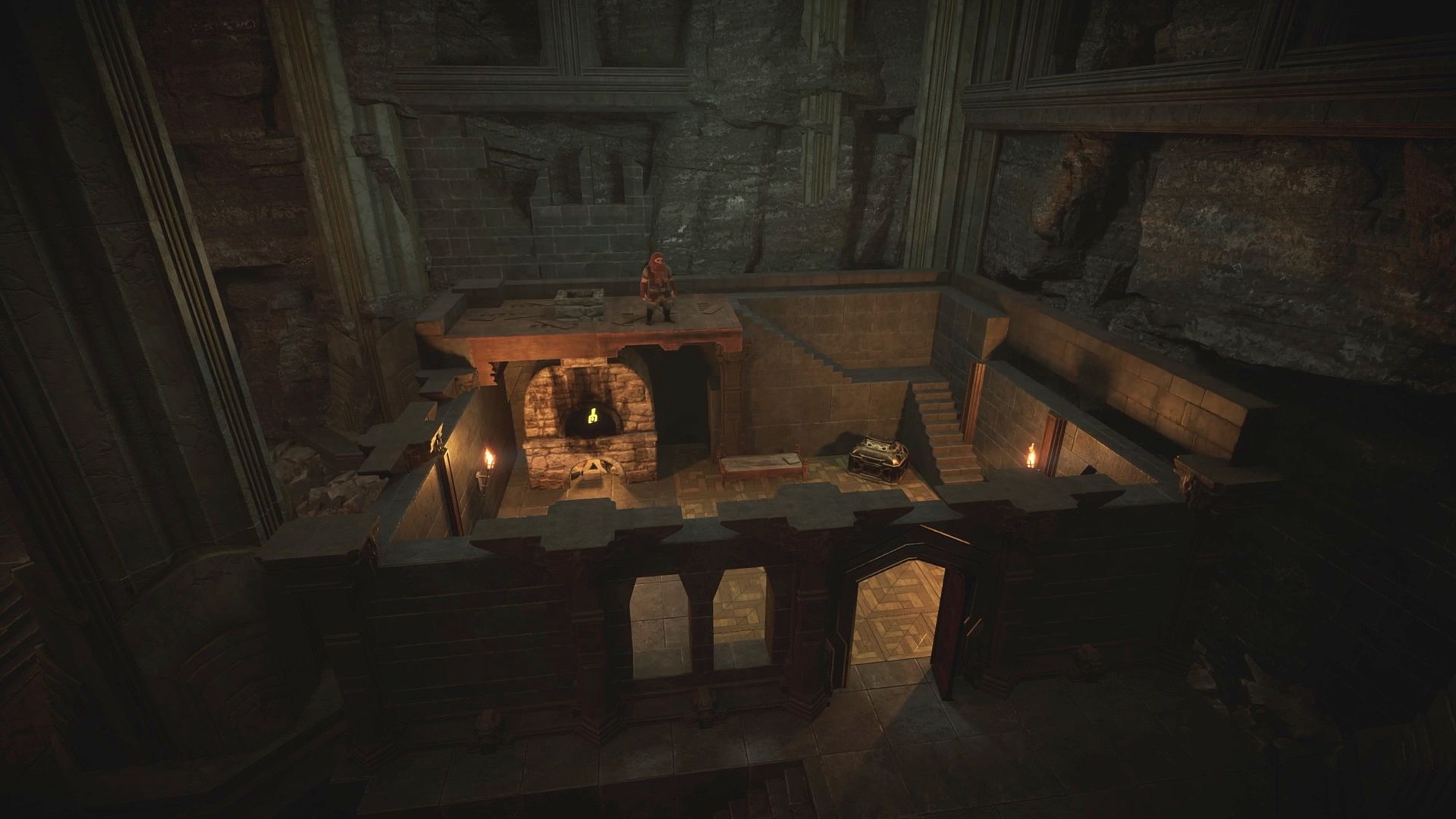
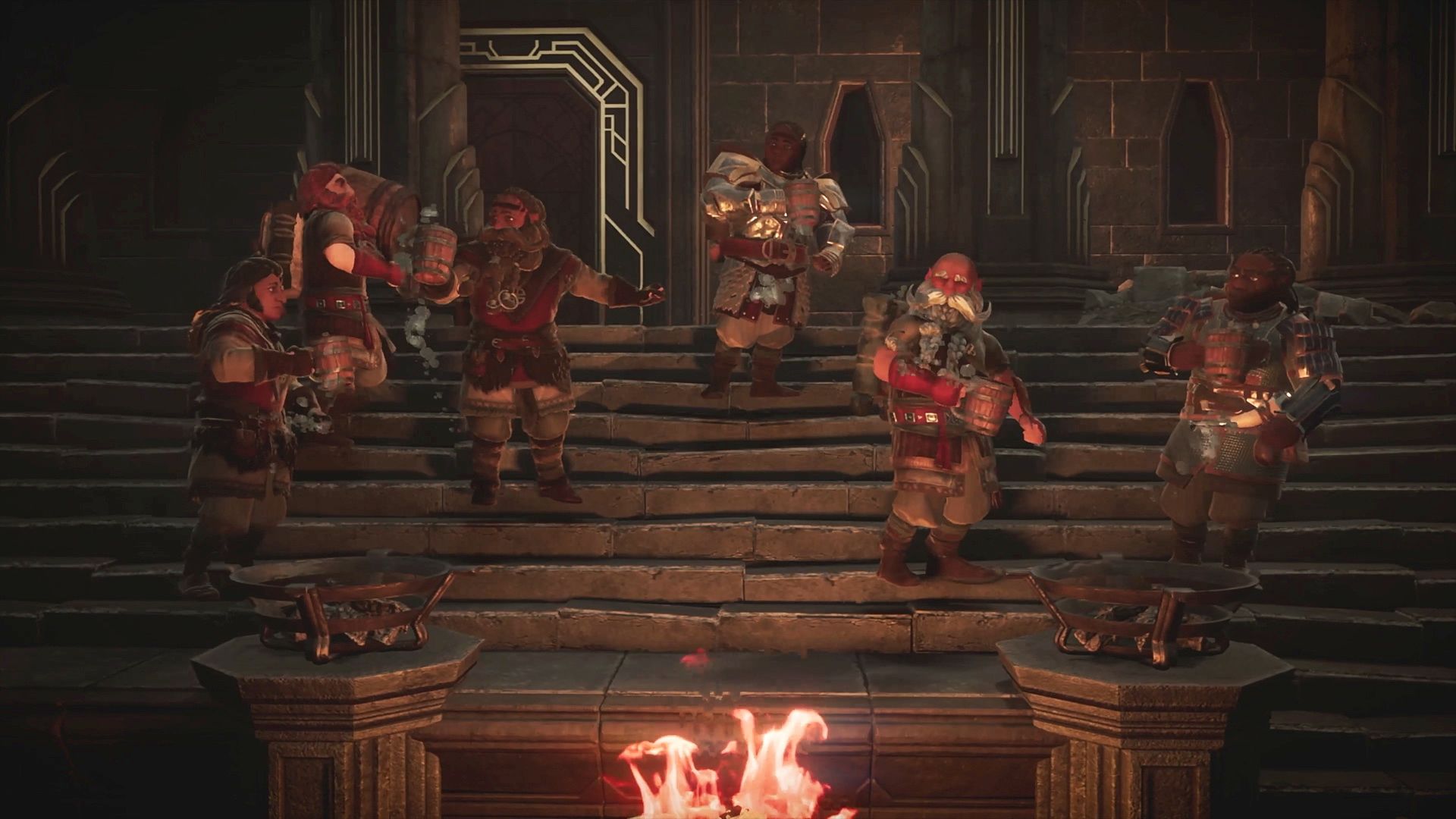
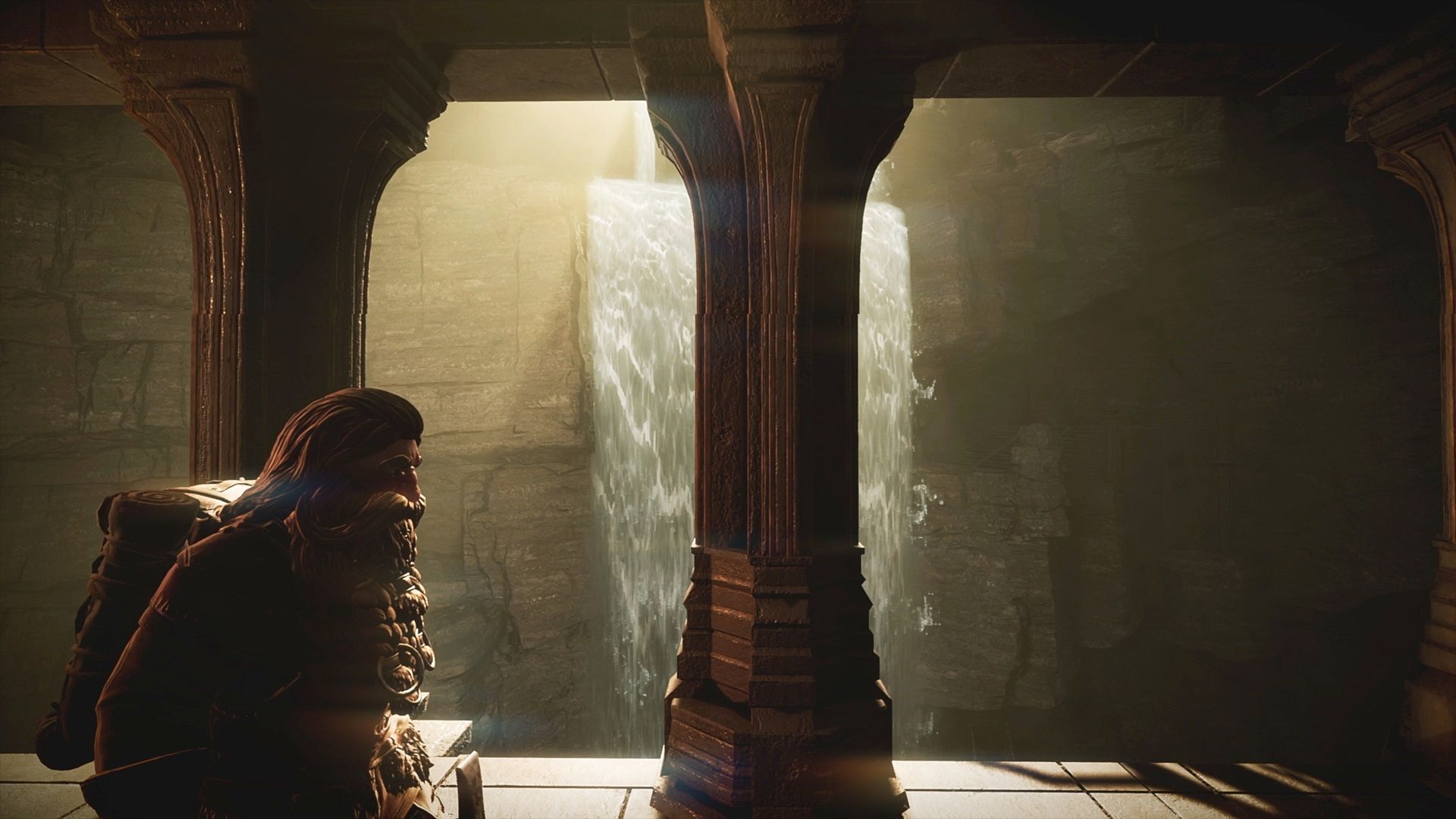
Quality-of-Life Features Shine
The developers have a clear love of the survival-crafting genre, clear in the game's user-friendly features. The segmented map eases exploration, allowing players to easily mark points of interest. Crafting and building are streamlined, letting players create items without needing them in their inventory, provided they have the requisite materials stored nearby.
Varied Bases and Fast Travel
In the early game, players often change bases, using and repairing existing crafting stations. Later a fast travel system is introduced offering more flexibility.
Room for Improvement
While Return to Moria has a number of strong positives, it does fall short in terms of freeform building. Restricting players to crafting simple wooden platforms in new areas inhibits exploration. An expanded building system for emergency camps could enhance the player's experience.
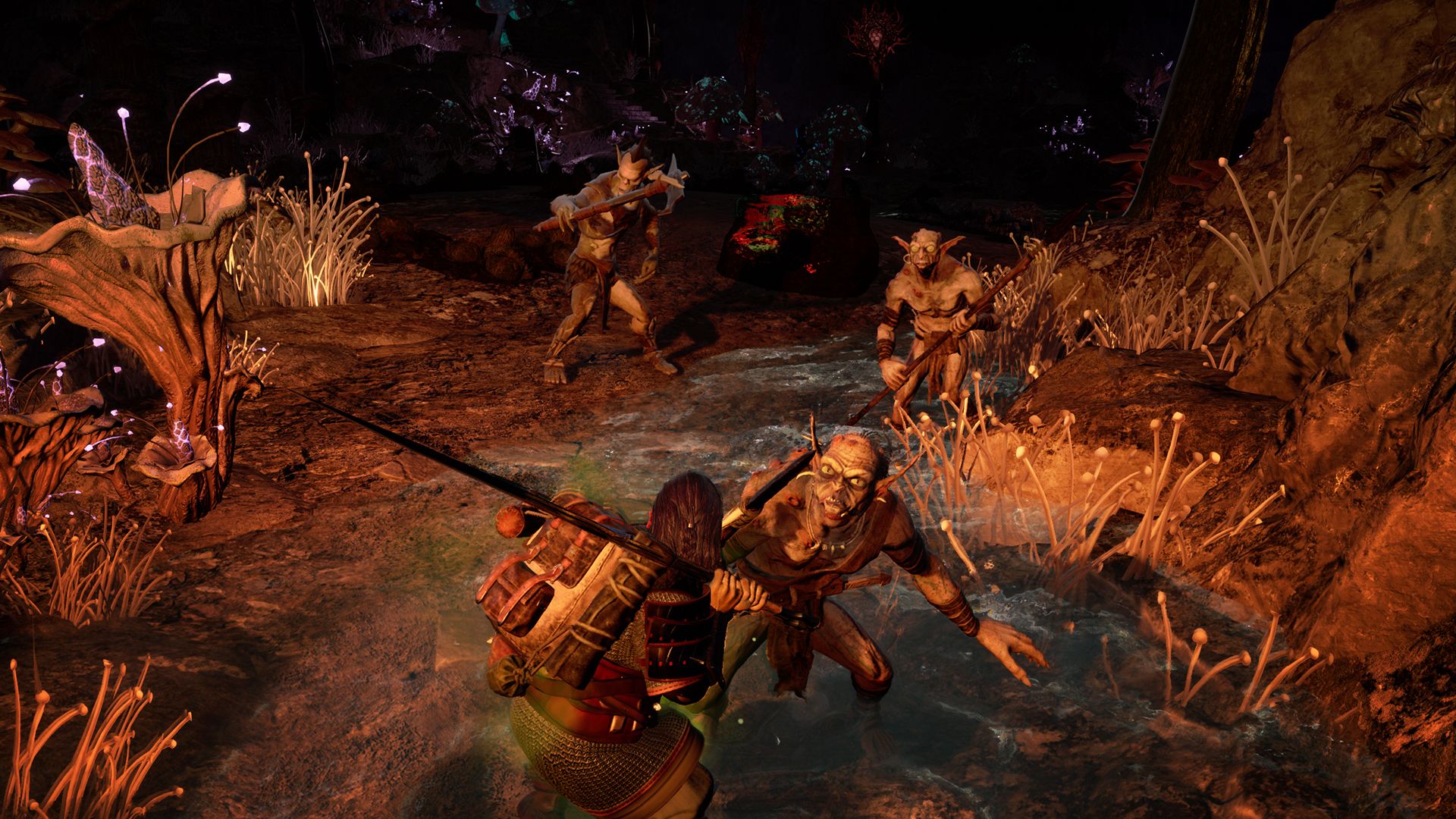
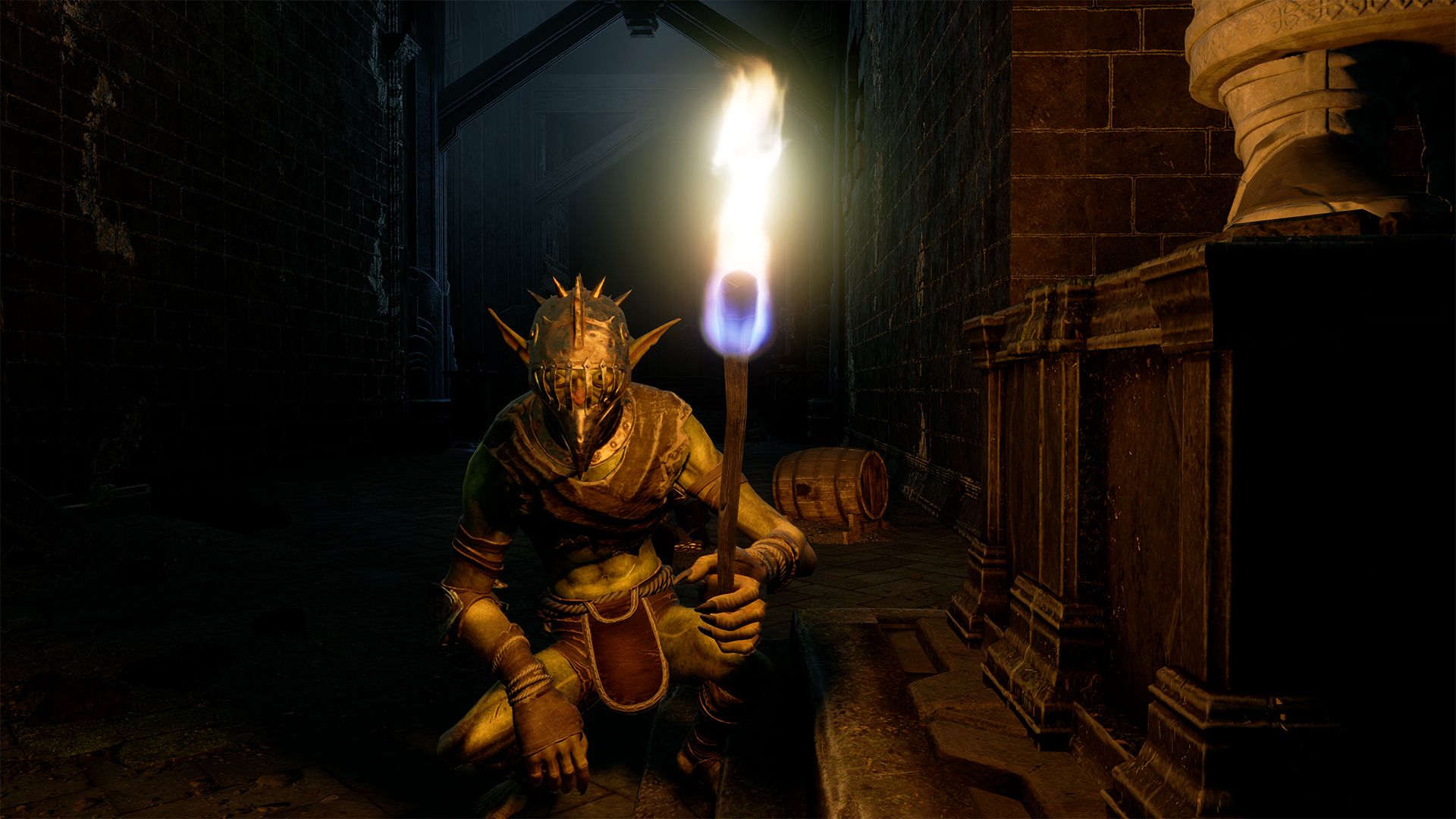


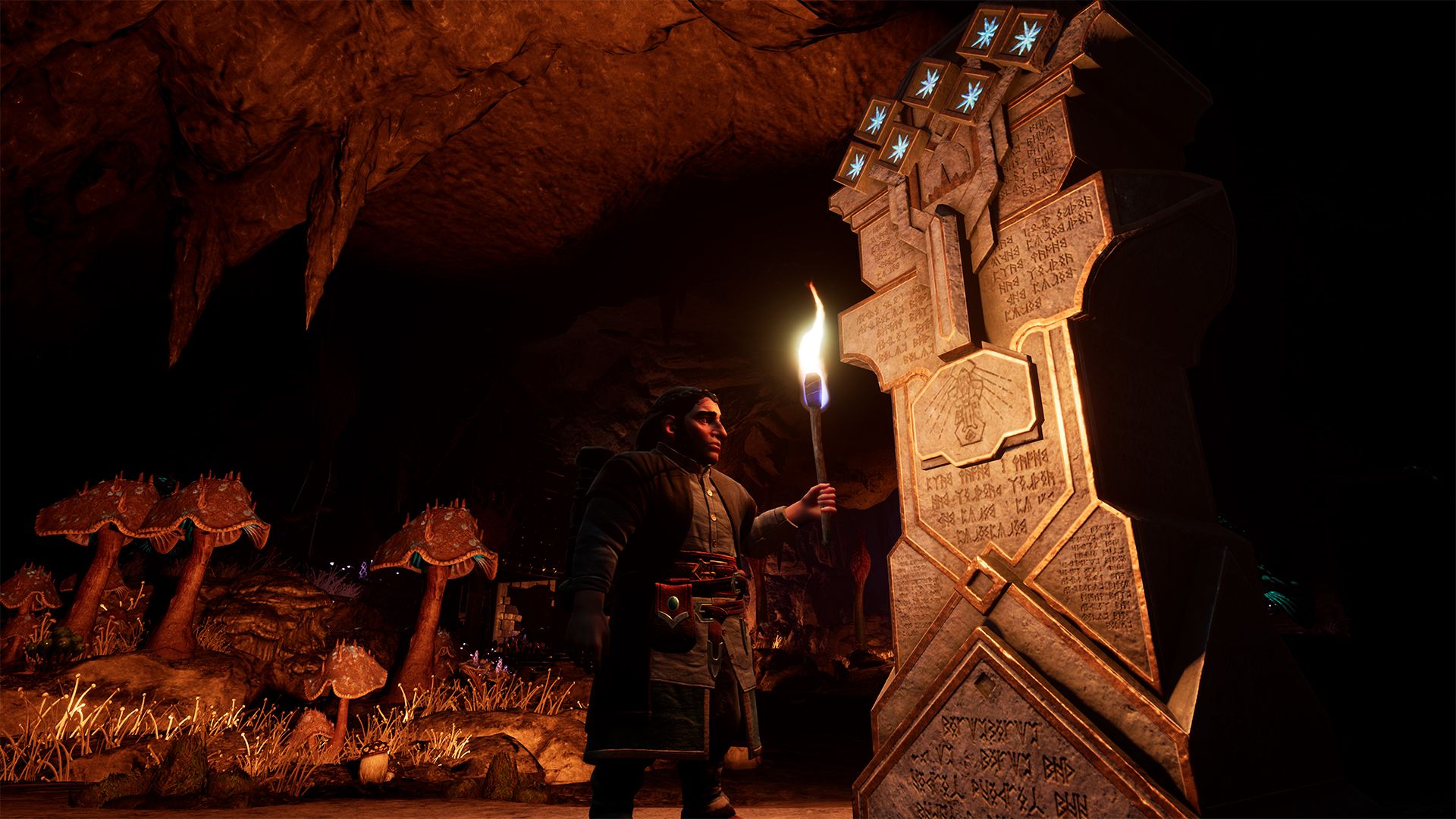
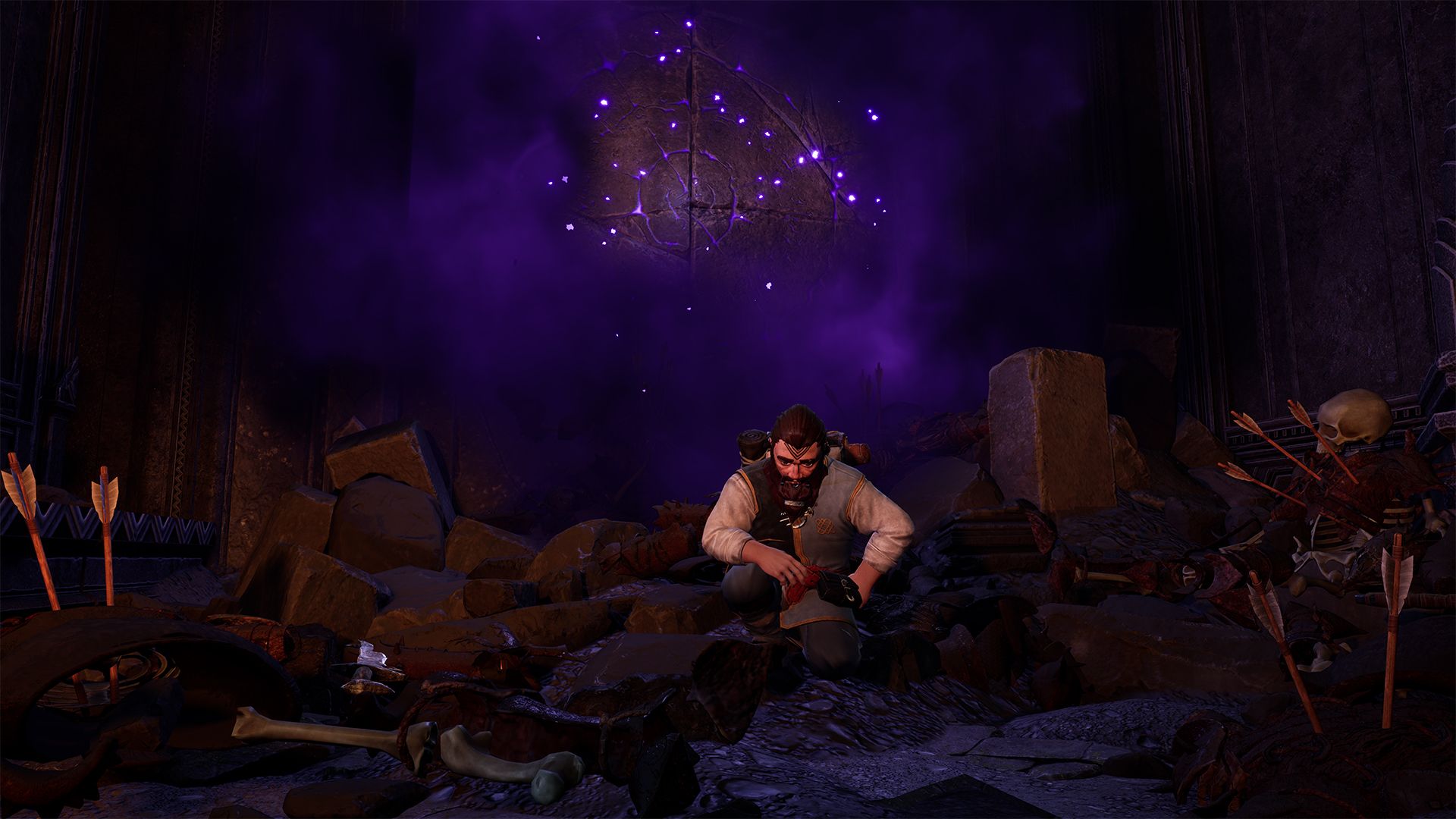
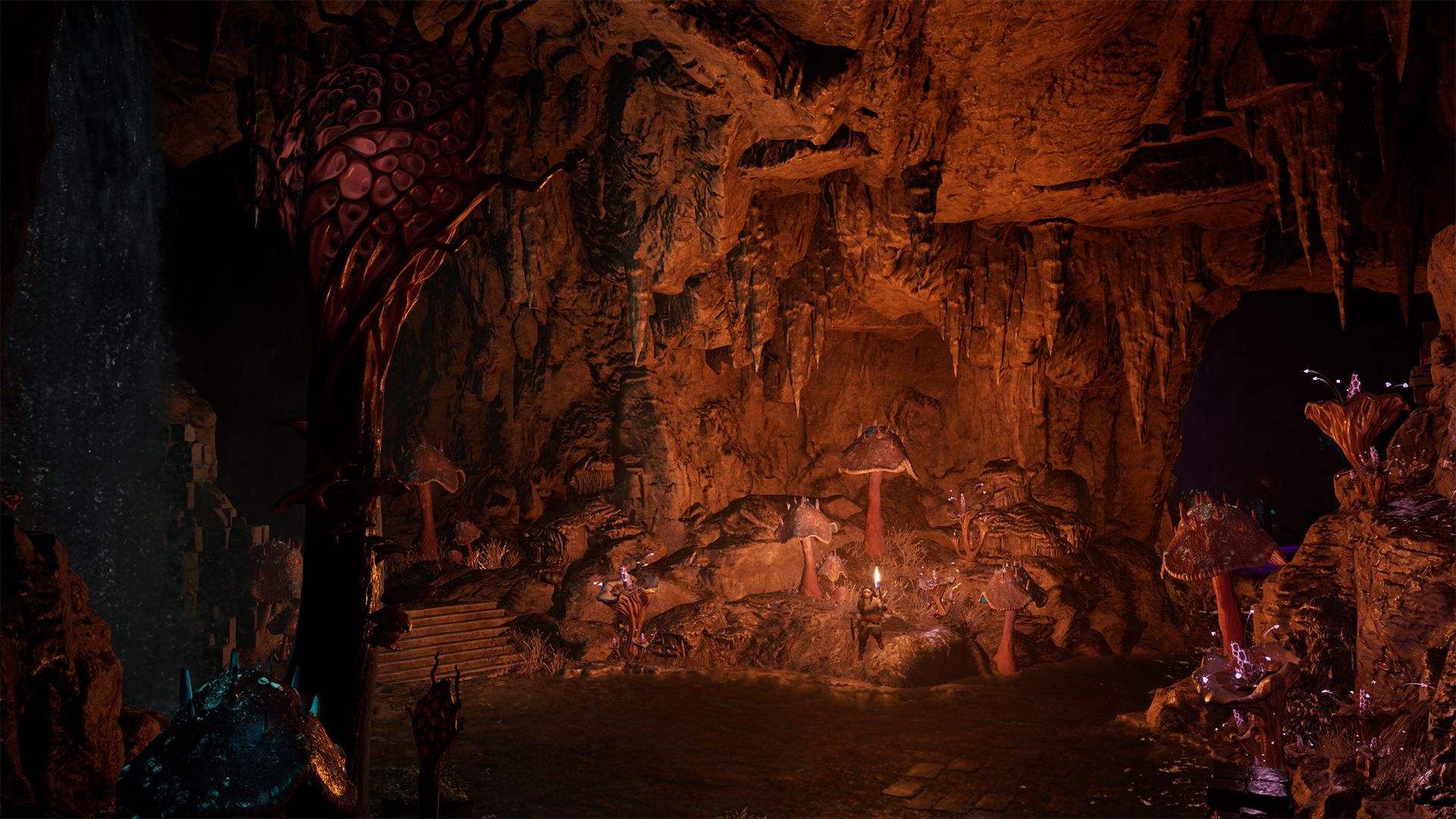
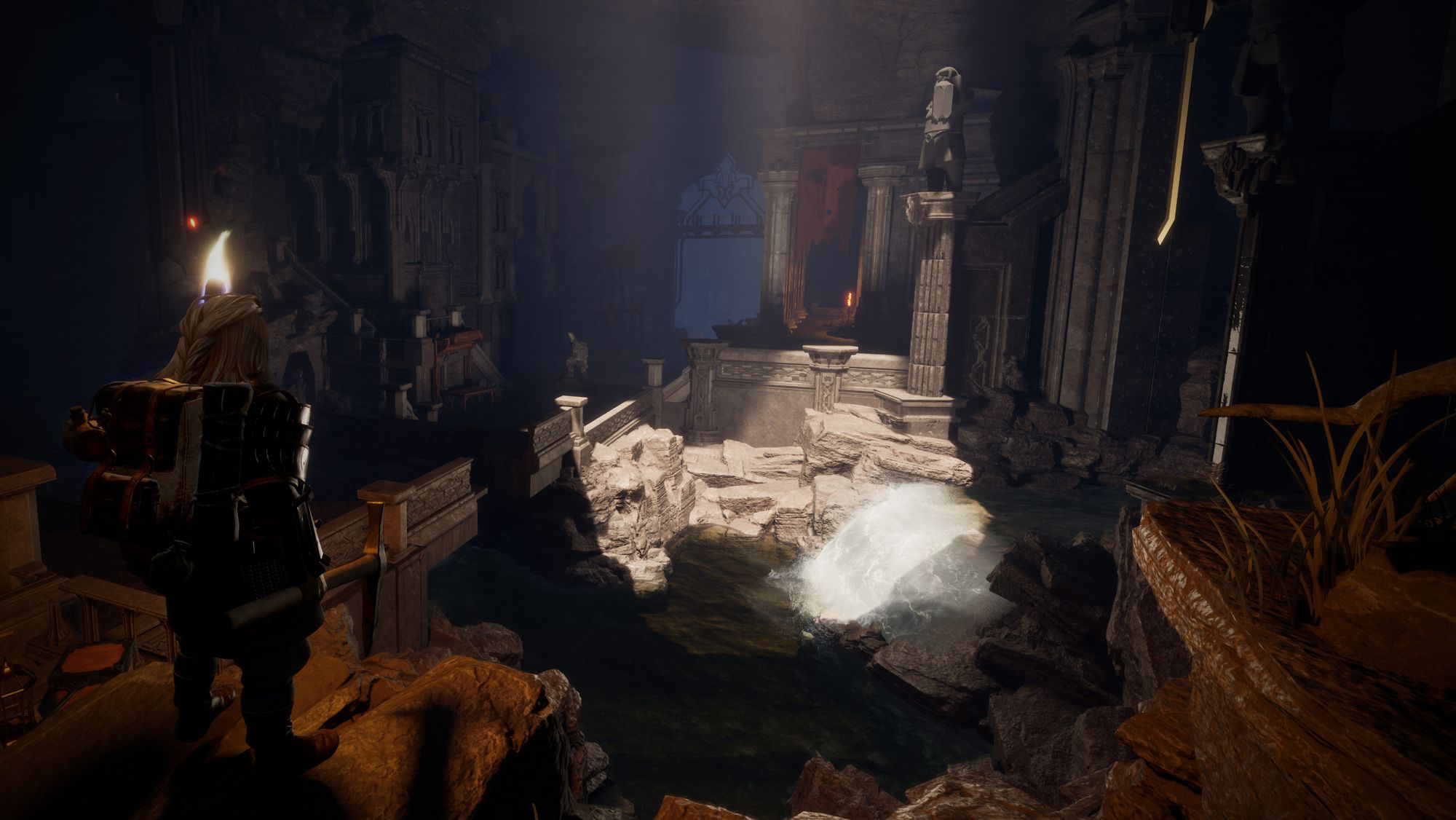
An Unforgettable Journey
In the end, The Lord of the Rings: Return to Moria stands as a solid survival-crafting title and an excellent addition to the Lord of the Rings gaming universe. It offers a satisfying gaming experience and should fill some of the void left by Gollum for LotR fans, even if only temporarily or in short bursts.
In Conclusion
In a world brimming with Lord of the Rings content and adaptations, Return to Moria should manage to strike a chord with fans of both the franchise and of survival-crafting games. It explores the depths of Moria with a balanced approach, blending rich lore, user-friendly mechanics, and good combat.
Although not without its flaws, the game holds good value in its current form and pricing. and has already been updated.
Overall, The Lord of the Rings: Return to Moria scores a Dwarven song infused 6.5/10 pickaxes.
The Lord of the Rings: Return to Moria is currently available on the Epic Games Store. Priced at just R306.99, the game represents an excellent price-to-fun ratio.
The Lord of The Rings Return to Moria | Epic Games Store
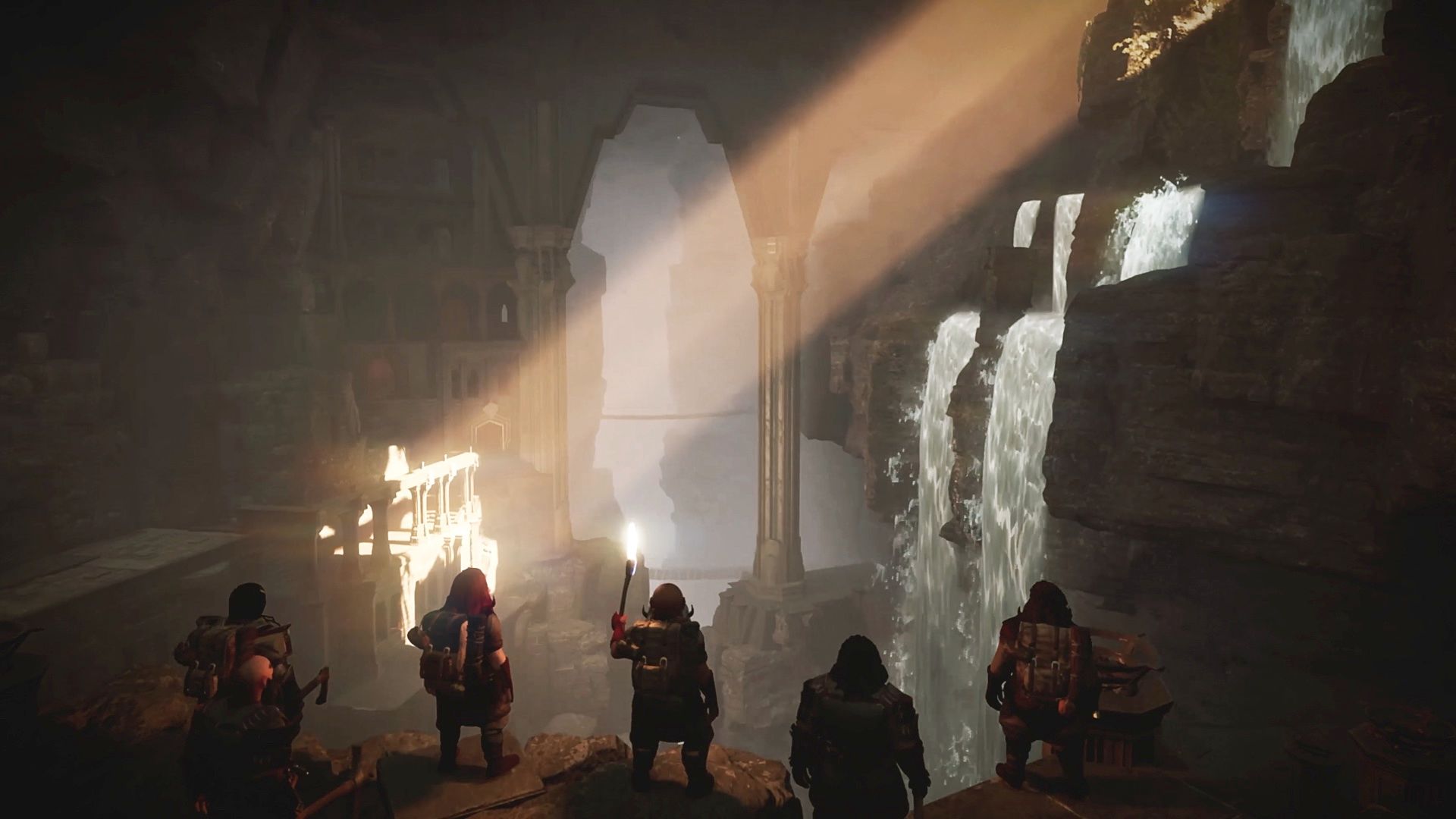
Return to Moria will be coming to PlayStation 5 and Xbox Series X|S consoles soon and is already seeing updates and patchers:
Version 1.0.2 is just the first of many patches and updates to come, it includes over 120 individual fixes.
Patch 1.0.2 Release Notes | (returntomoria.com)